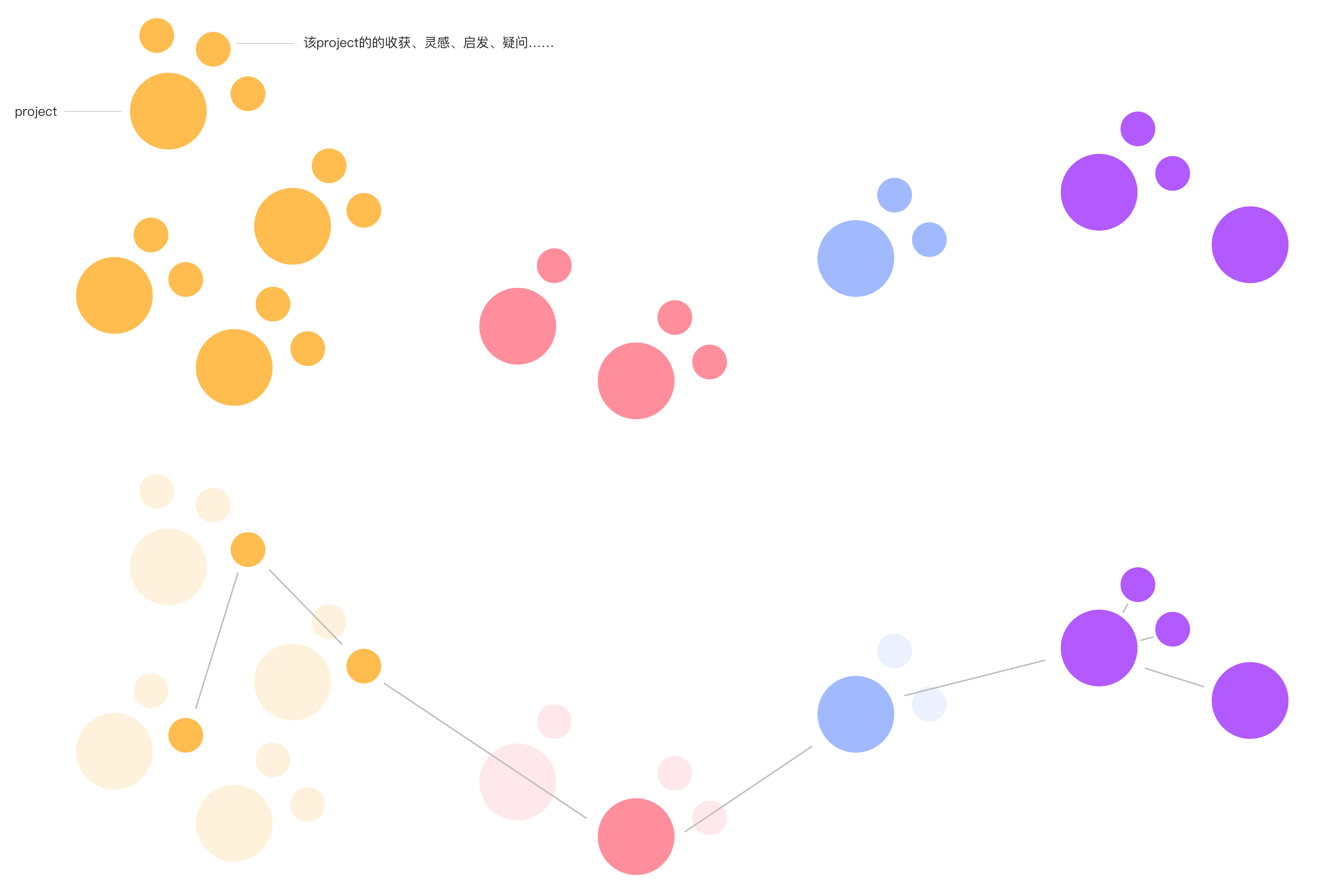What is drawing?
This project is about redefining the drawing behaviors. I redefine drawing as form making by unconscious behaviors of the human body. It is a seven-month project, the whole process is not goal-oriented, I enjoy the process without any plan, which might limit the possibilities. My goal is not to have a design deliverable, but to tell a good story and ask better questions through a series of design responses.
Part 1 From label to drawing
First, I choose a random word "label". The word "label" can be both a noun and a verb. How can I play with “label”? I start with trying to build the connection between objects and "label". I choose lemon and Caltrain station, which are random objects and sites. The purpose is to settle myself in this domain. Let's see what happens.
Lemon Project
When we remove lemon’s jobs, what else they can do?
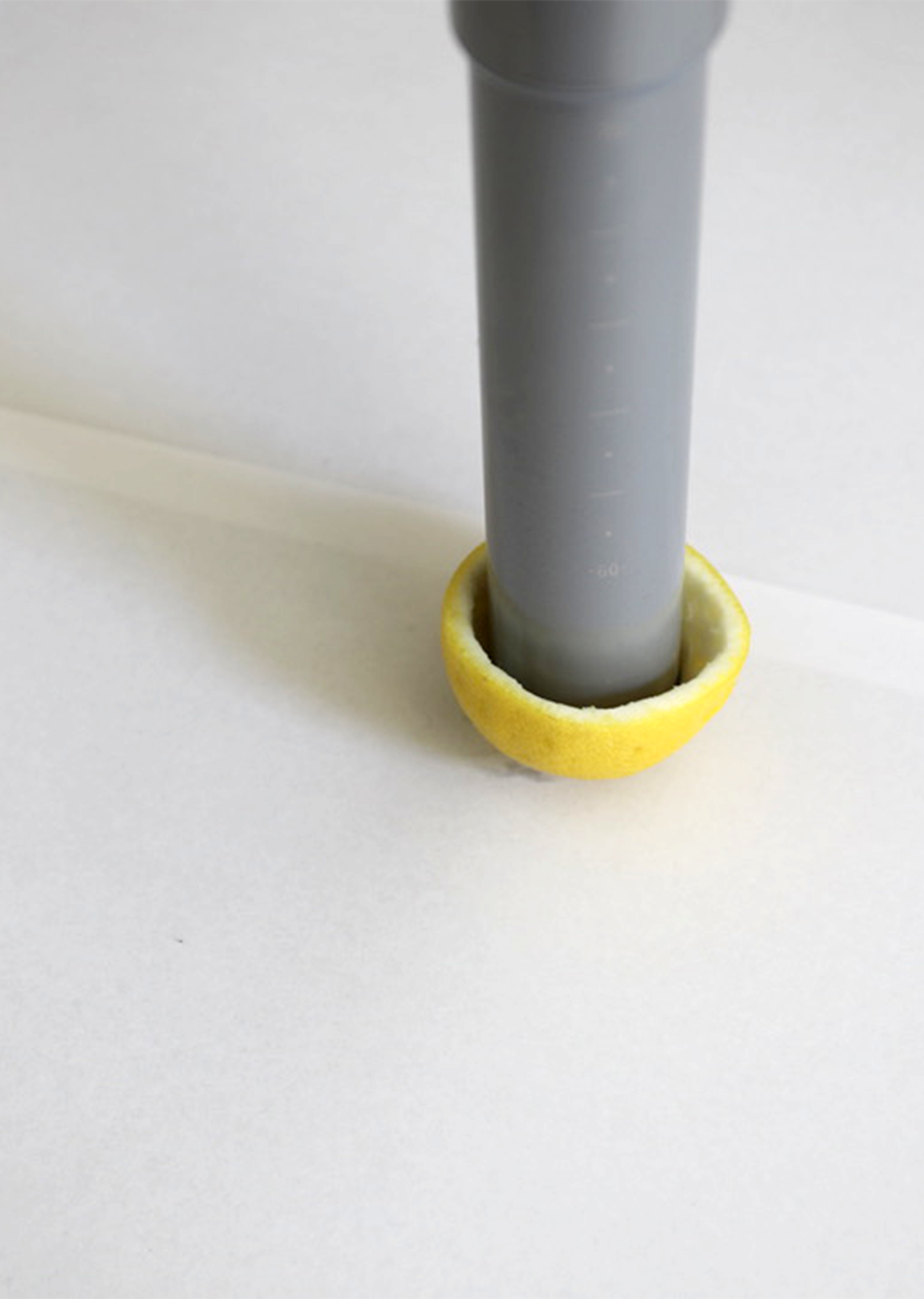
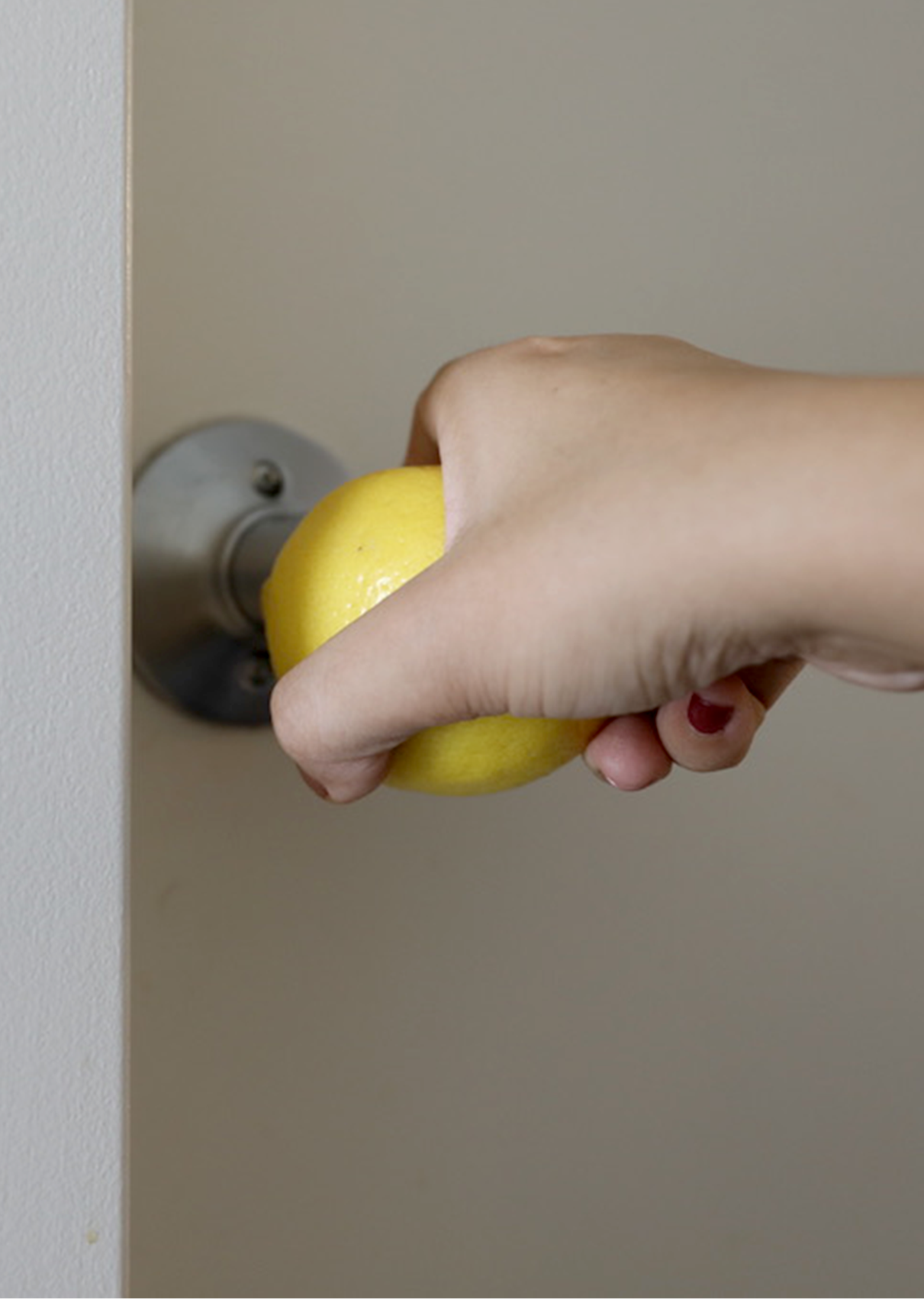
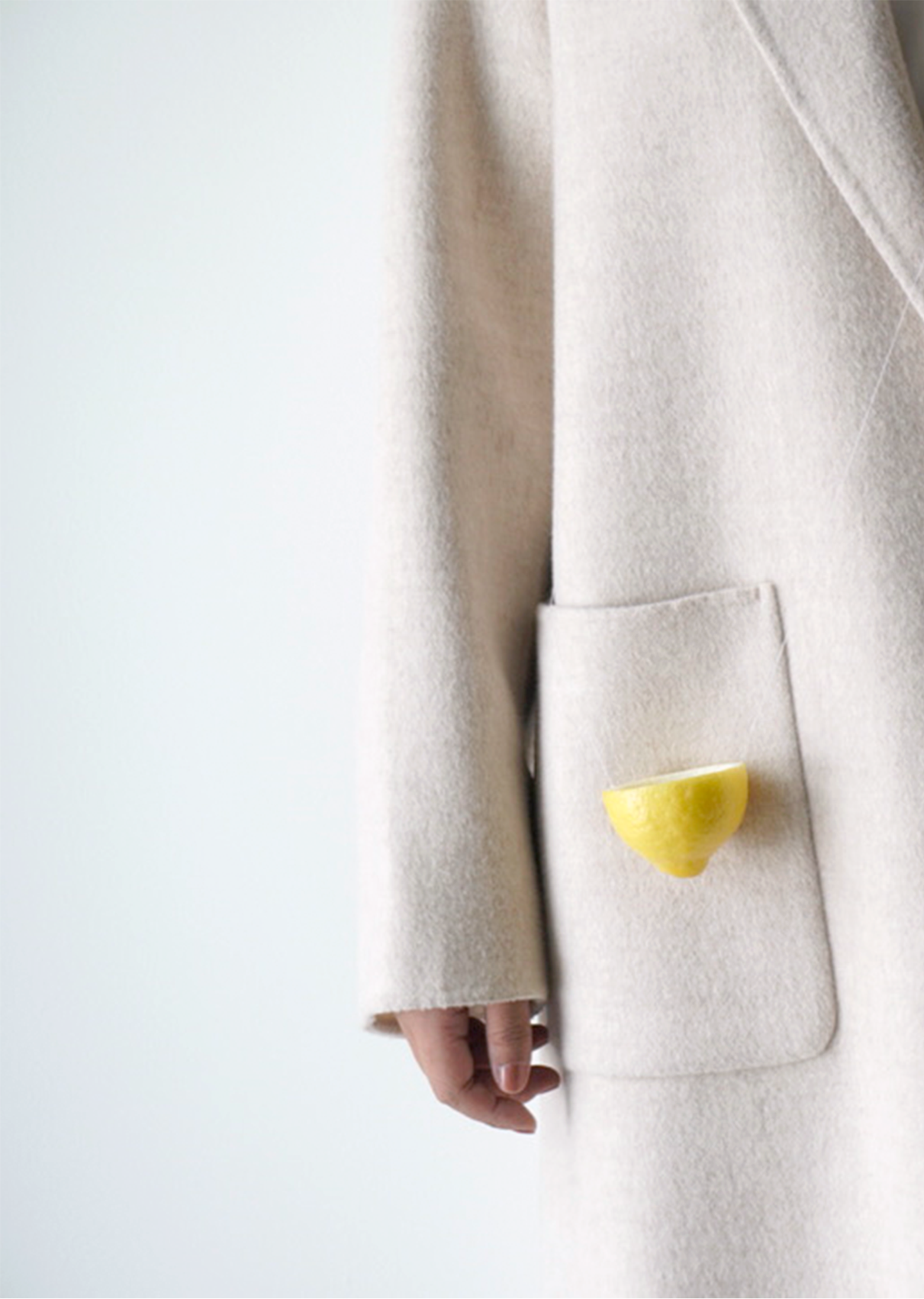
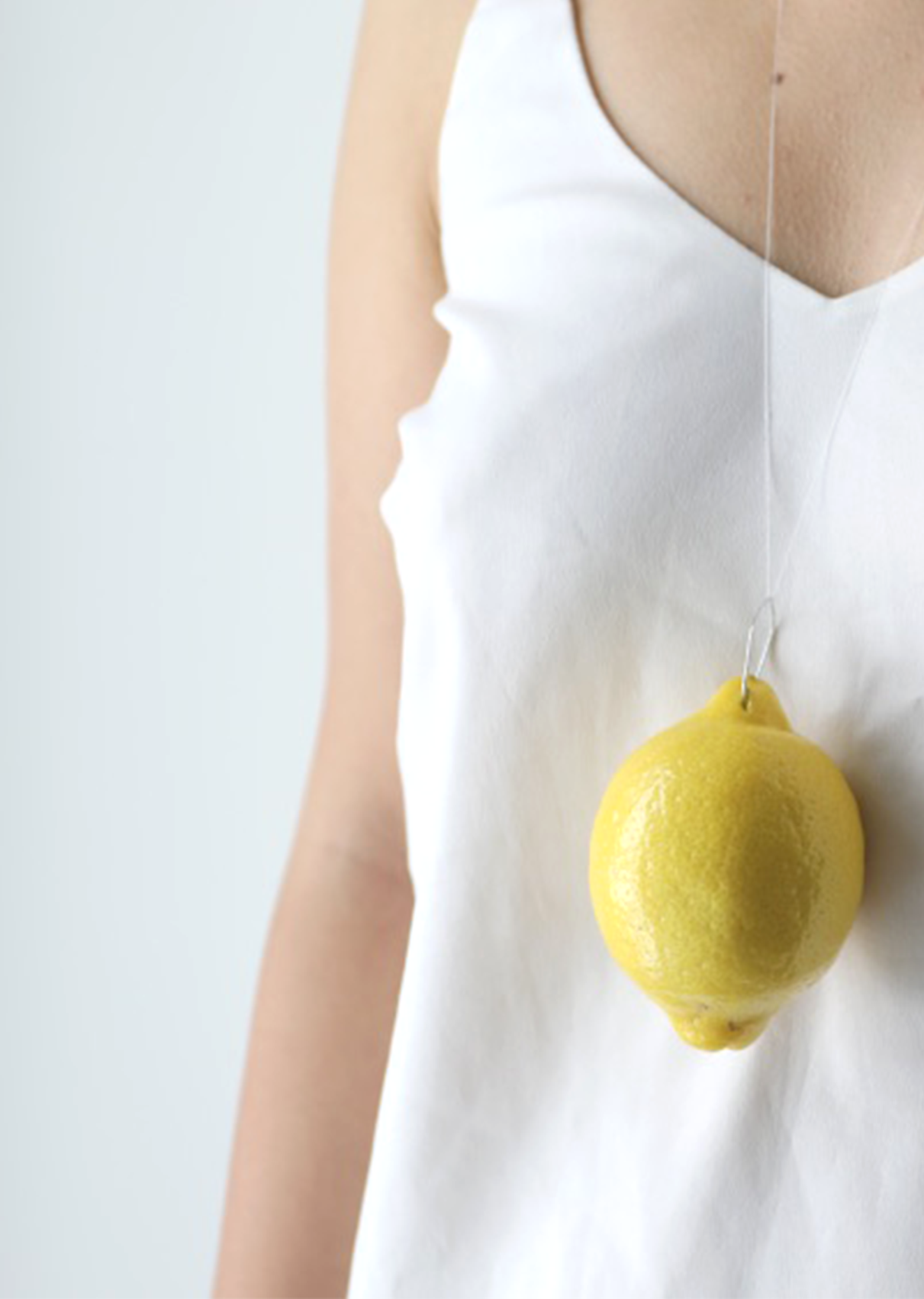
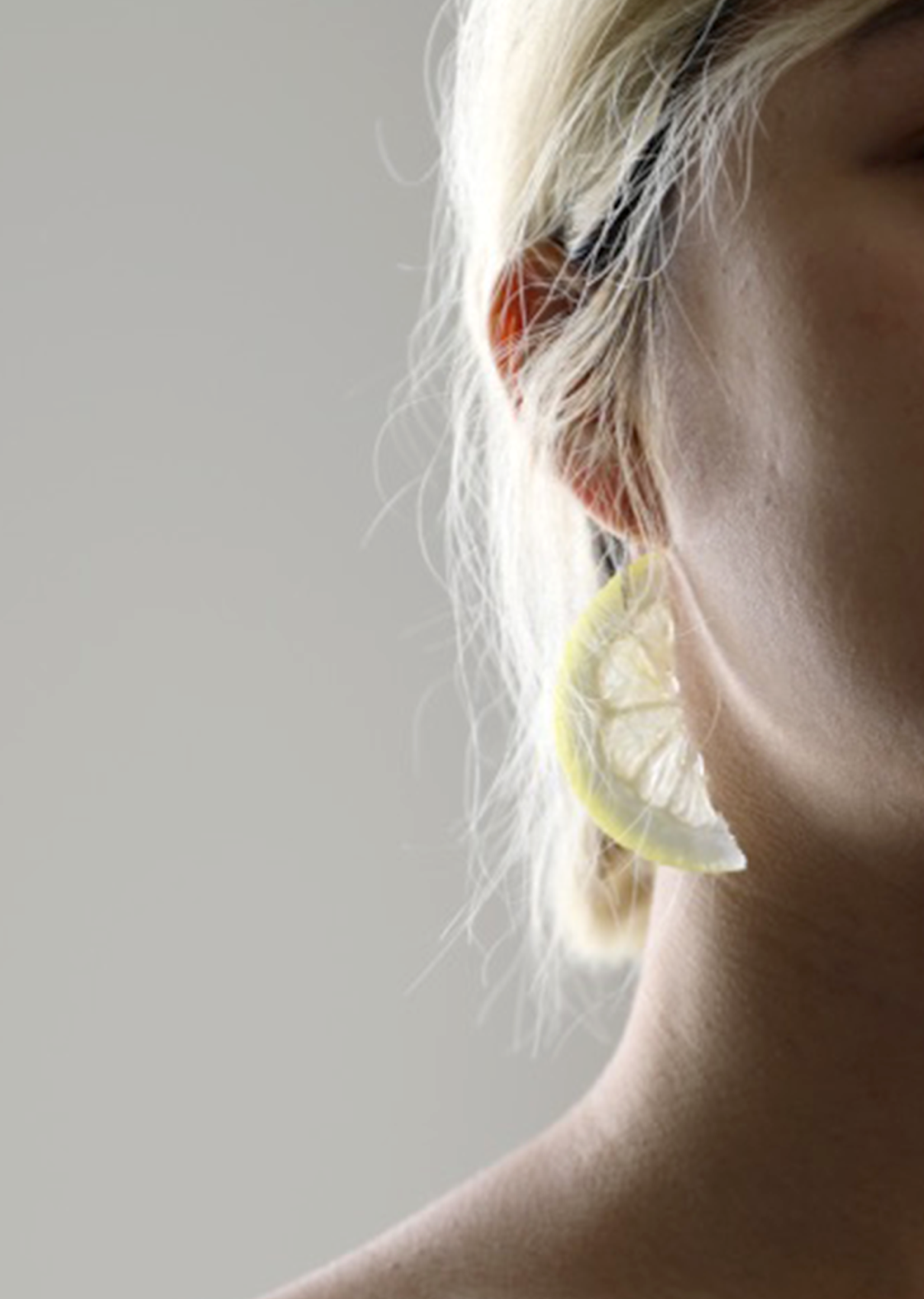
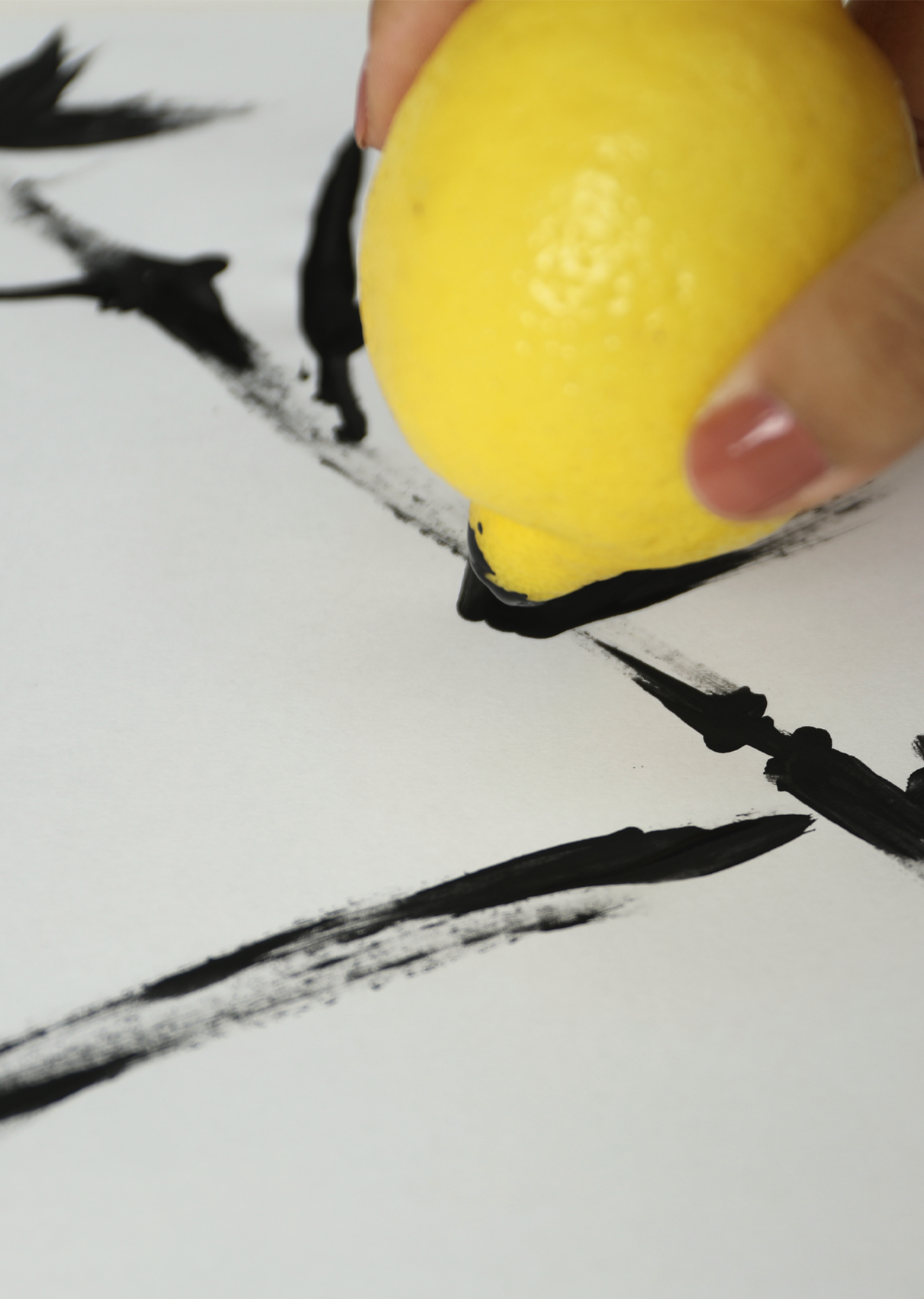
I try to remove the original label of the lemon and give it new labels, which are far away with it, and something interesting happens. I label it as a "tool", a lemon can play roles as a handle, table sock, or paint brush, and I label it with "fashion", it could be an accessory or a bag ... It proves that when we label objects with something far away and build a combination, it could do a great job. Lemon project also prompts me that I can play with the relationship between labels. I try to combine new labels through the Lemon project, and what about flipping over, exchanging, removing...? This question is the key takeaway from this project.
Site Project
There are many kinds of people in Caltrain stations, they all have their own labels: professor, student, ticket inspector, salesman ...... I'm curious how we can dissolve the labels of people. How can we make everyone get rid of their labels during the short journey and make them closer?
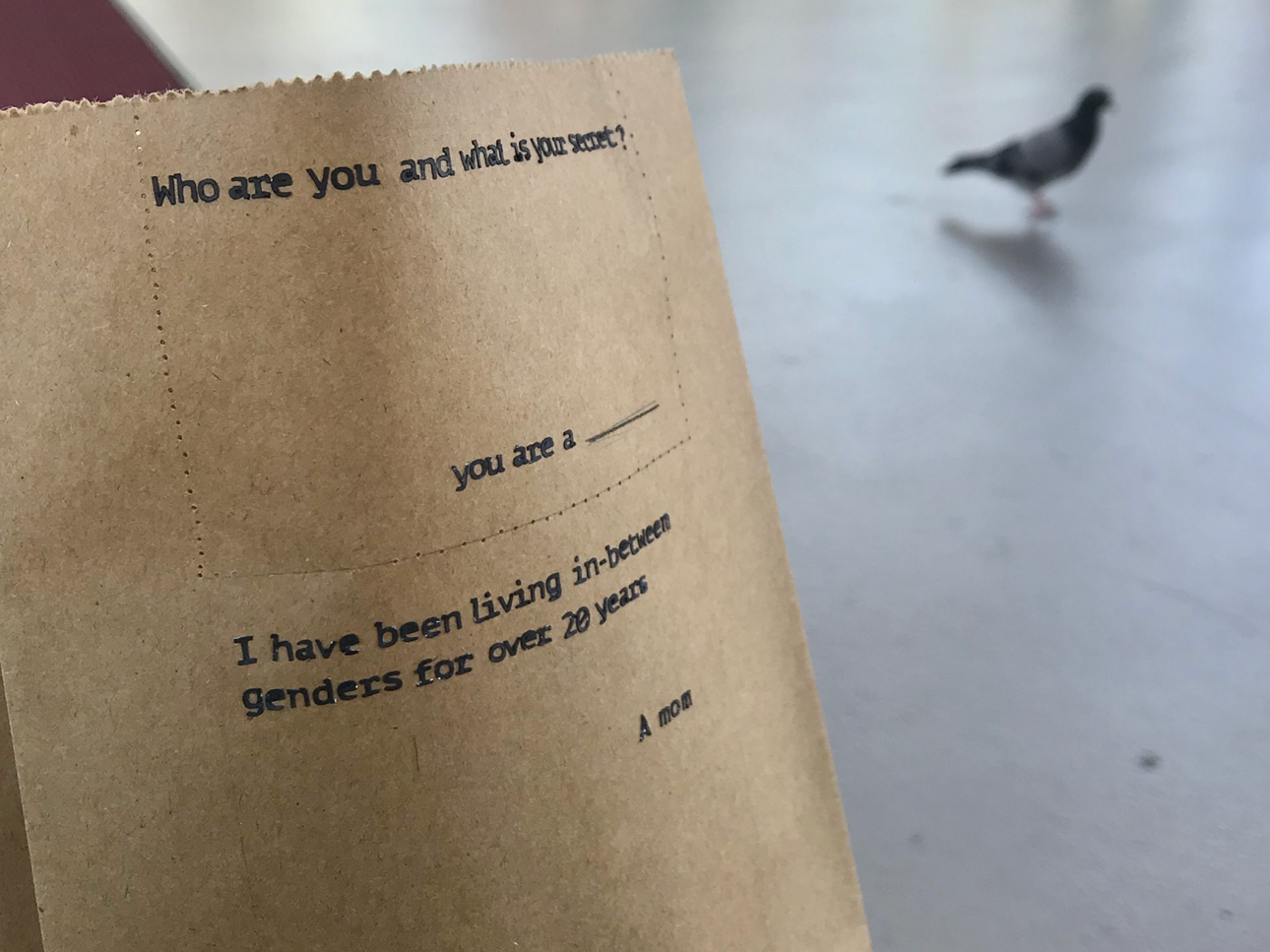
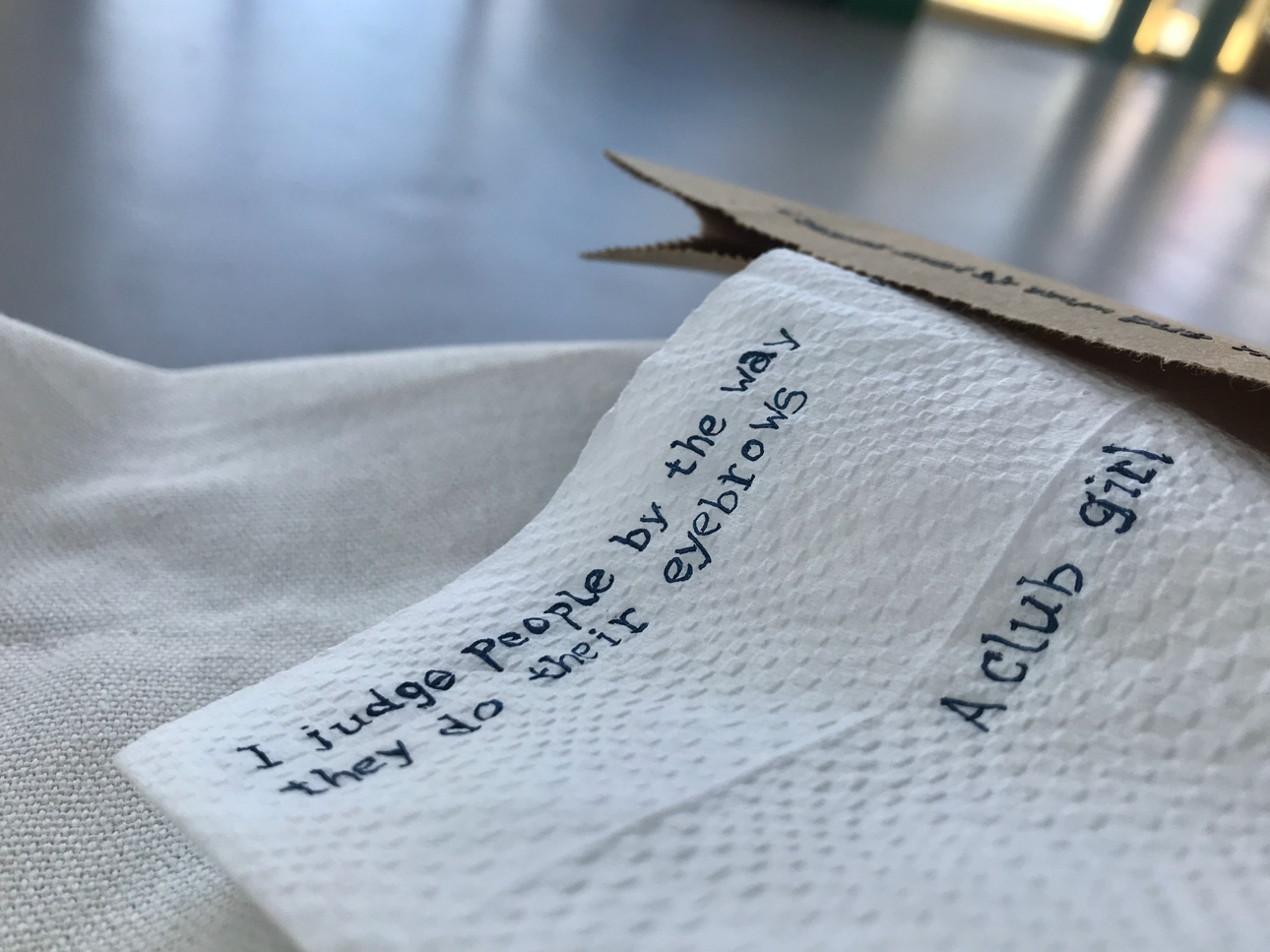
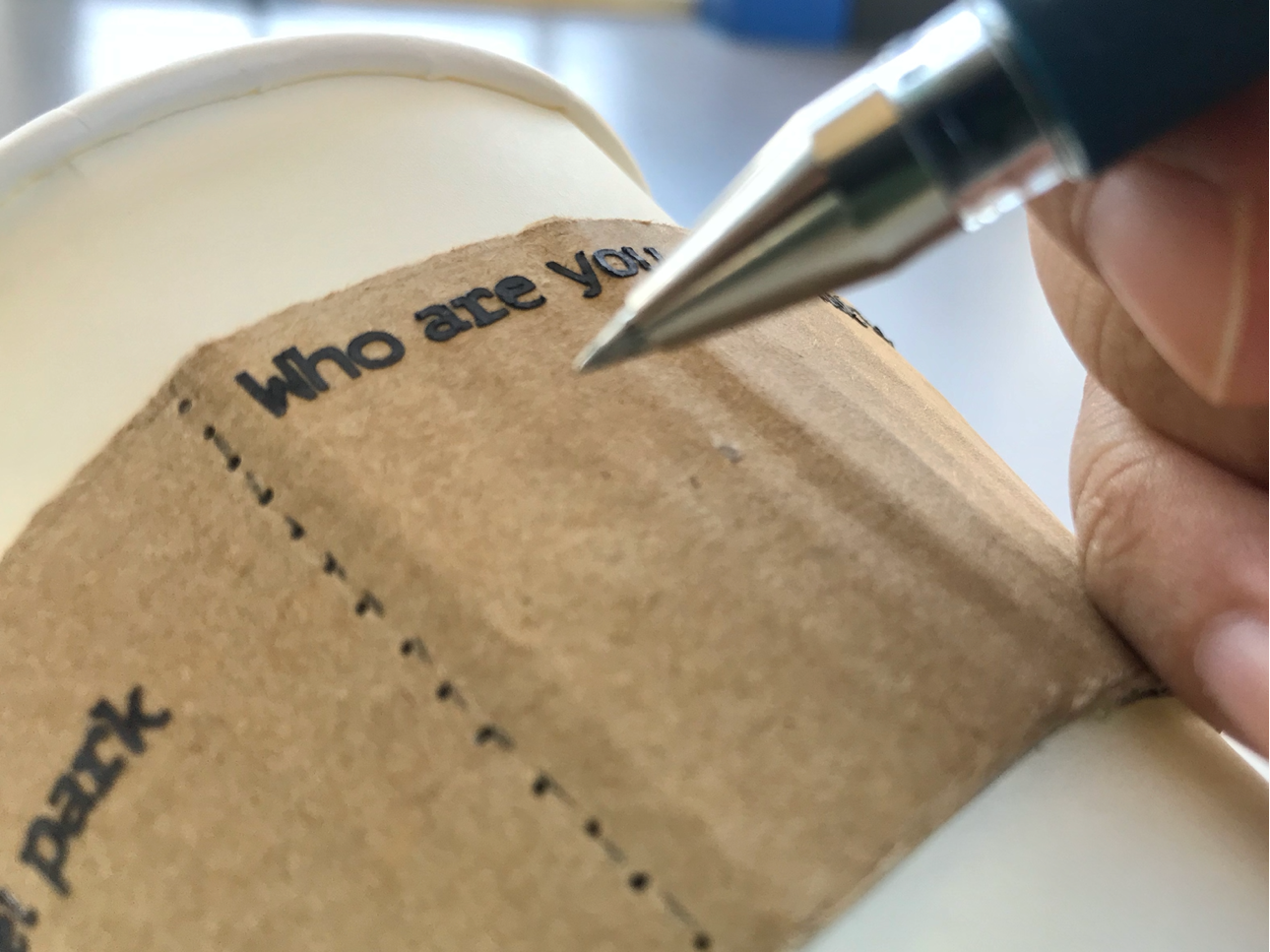
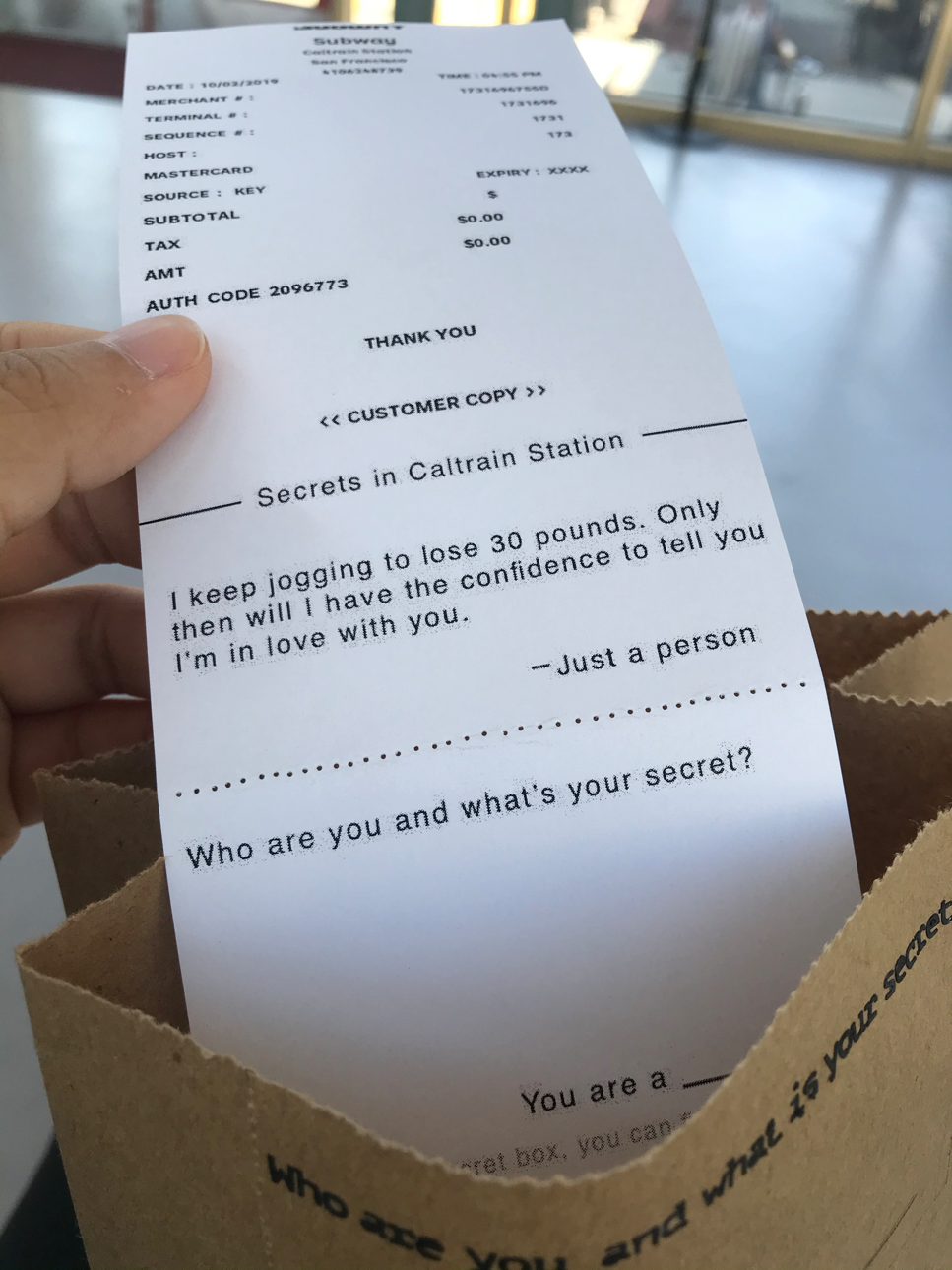
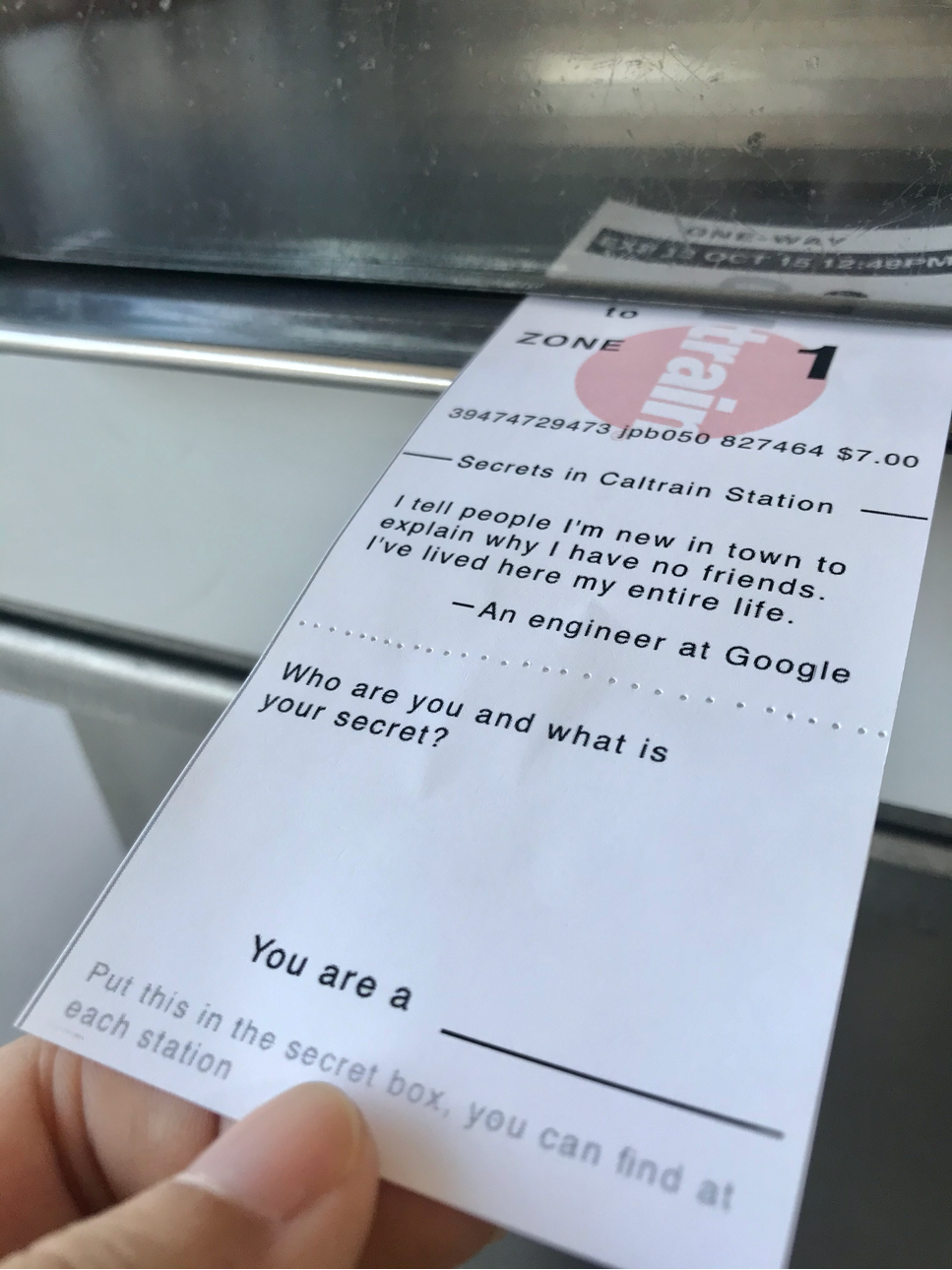
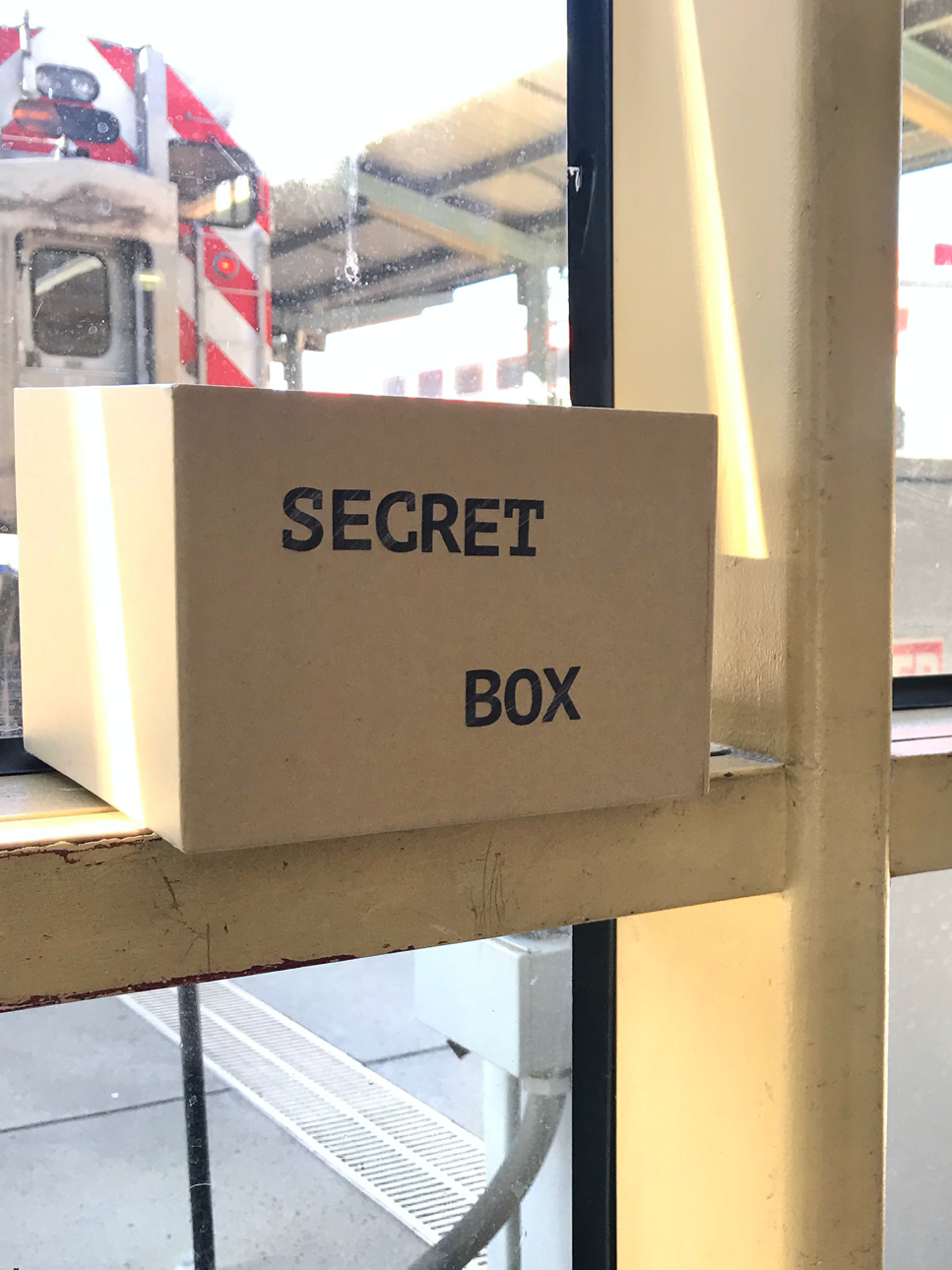
How can we eliminate the distance between people? Sharing secrets is a nice try. A professor may be a bad driver, a cop may have lied. We might do the same things, no matter who we are. When we know a stranger's secret, we get closer. I choose tickets, bags, napkins and receipts as the medium for sharing secrets. Passengers are able to read secrets and leave their own secrets through those mediums and drop them into the secret collectors in each station.
Exchanging Roles
I decide to focus on drawing. Drawing excites me because it’s engaging and I’m also curious about the drawing outcomes. Now, I wonder what will happen if the drawing tools exchange their roles.
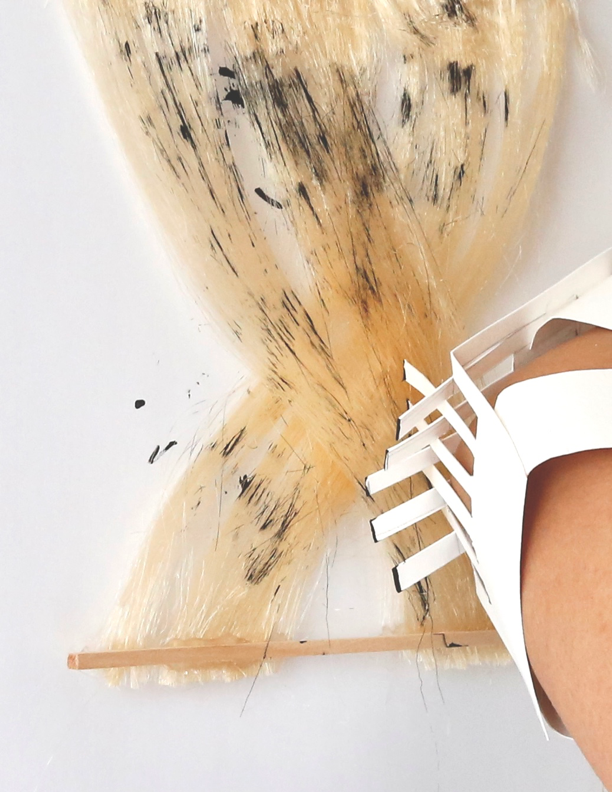
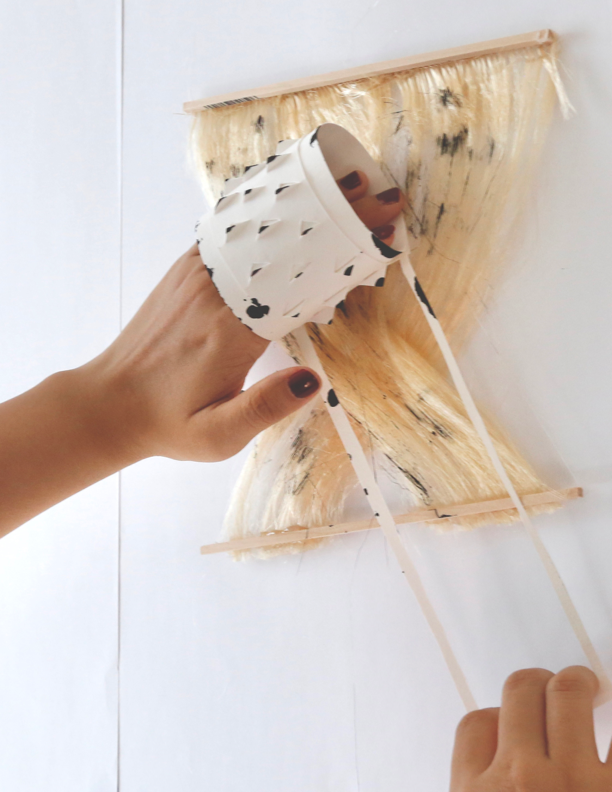
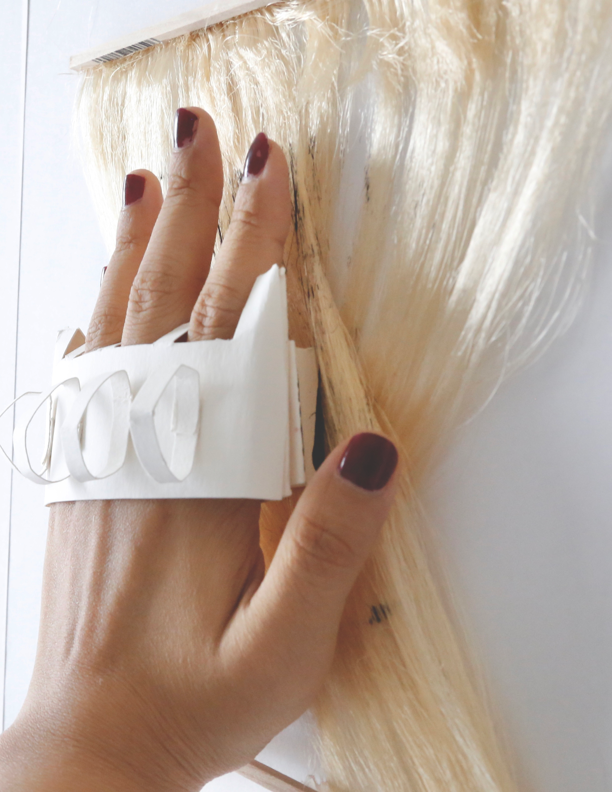
This project has experimental quality. I have no idea what the outcomes look like, this quality influences my thesis all year. Besides, I started to think about if the outcome is important to me. Actually, making tools is interesting to me. I start to think about how to invite audiences into this process, rather than give them finished objects. This idea influences how I make DIY projects. Also, I realize that making is not only a process to prove our idea is feasible, but also a method to give me new directions.
Let Papers Draw
How about inviting audiences into the tool making process?
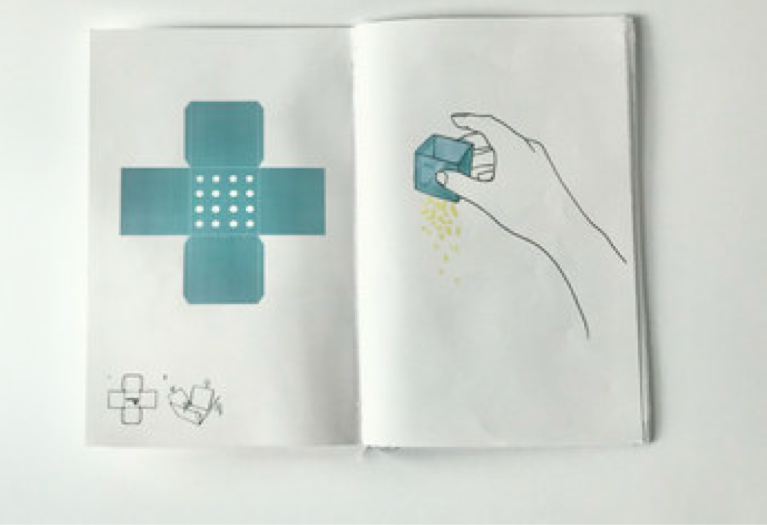
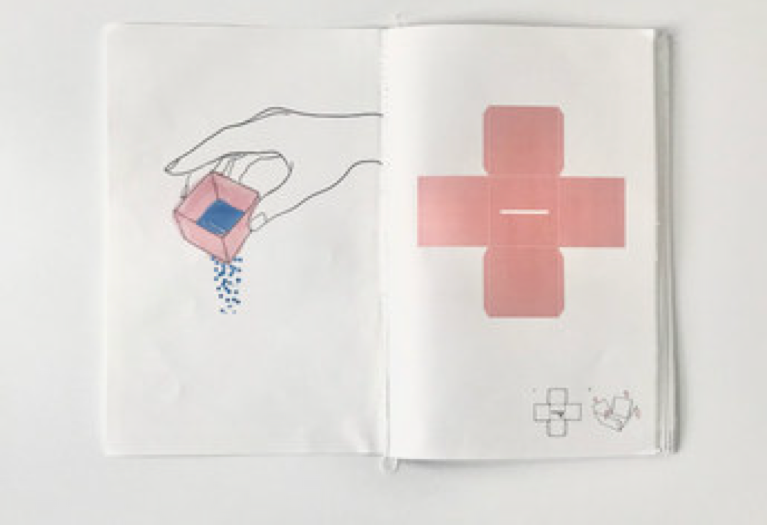
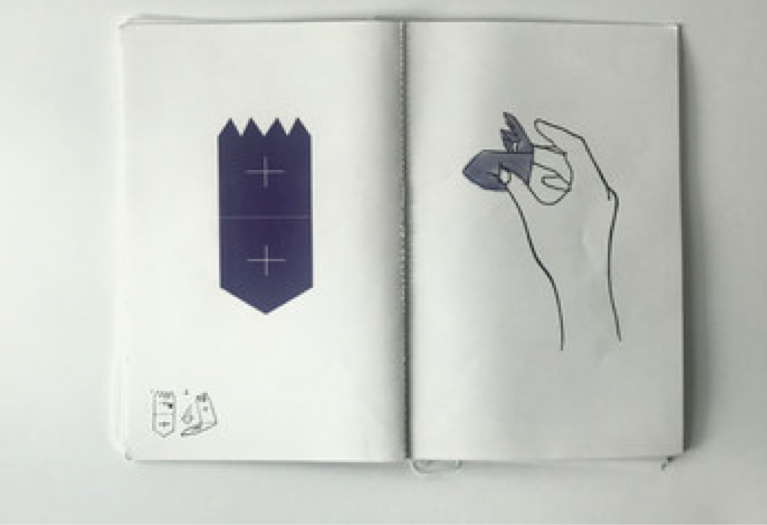
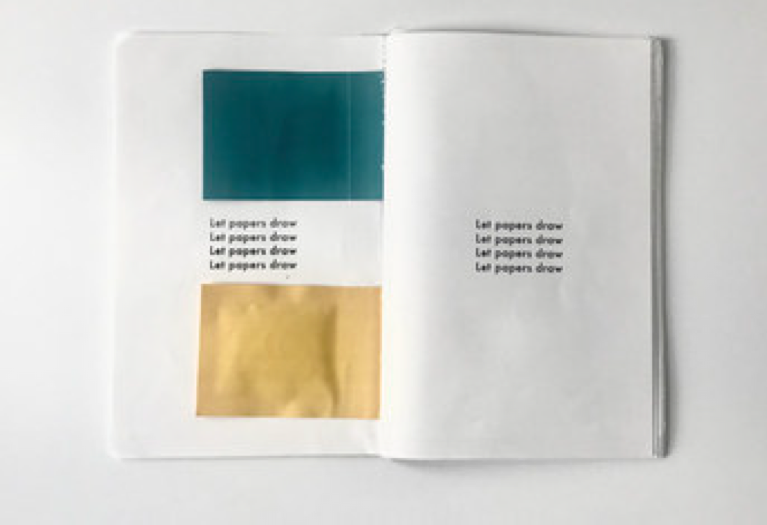
The idea of DIY comes to mind this time. A DIY book without instruction could be a good way to slow down the process and give people a period of time to think freely. If the instructions are very clear, people don’t need to think at all. It makes me start to think about the meaning of confusion. Confusion drives people to seek answers. Is it necessary to make everything clear? This hand drawing and nonverbal quality leave people a quiet space to guess, think and imagine.
TAKEAWAYS
The process in part 1 is similar to shopping. I visit many stores and take a quick look at diferent products, trying what I’m interested in. I don’t spend all my time in one store, I gather takeaways from all stores and make decisions. I don’t worry about failure, it is what I’m not interested in.
Part 2 Start with drawing experience
How to continue the thesis? Leverage takeaways to see what I can do with them. I try to create different drawing experiences with materials around me.
Start with leftover materials
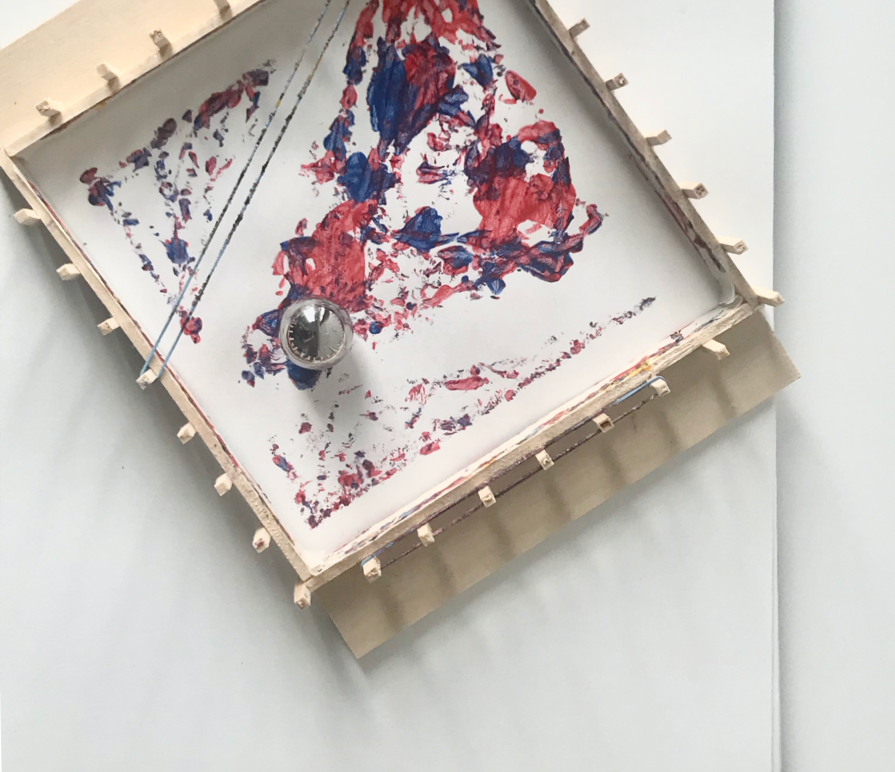
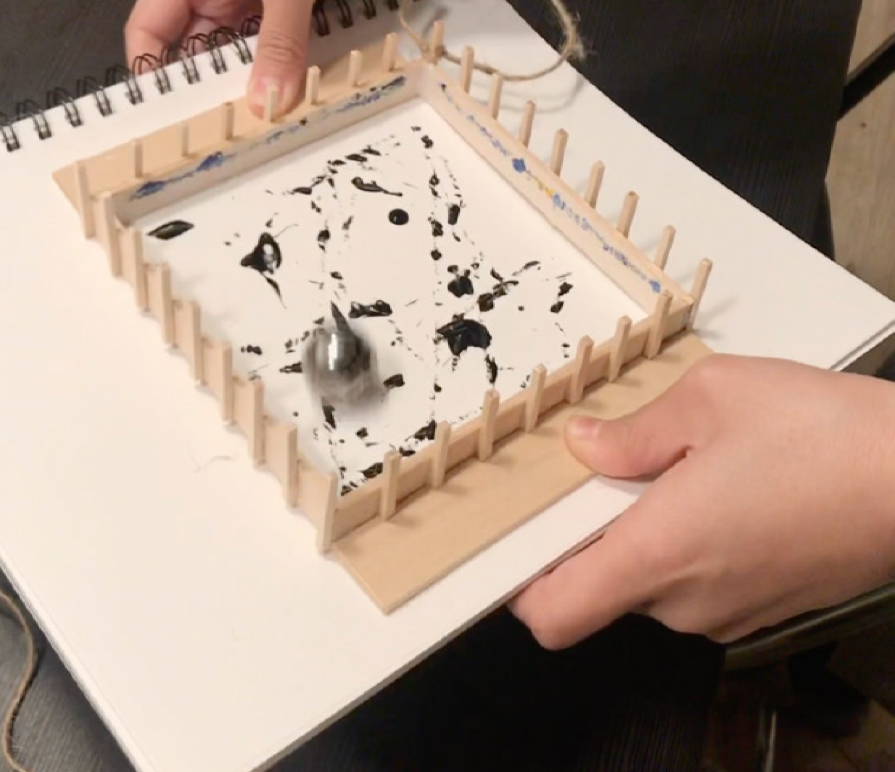
Wood boards, rubber bands and balls are my leftover materials. Those materials have their own qualities that are able to create the special drawing tools. I give the tools to people and how they use them surprises me. There is no rules, they play with it in differnet ways. Even some mistakes create great outcomes:
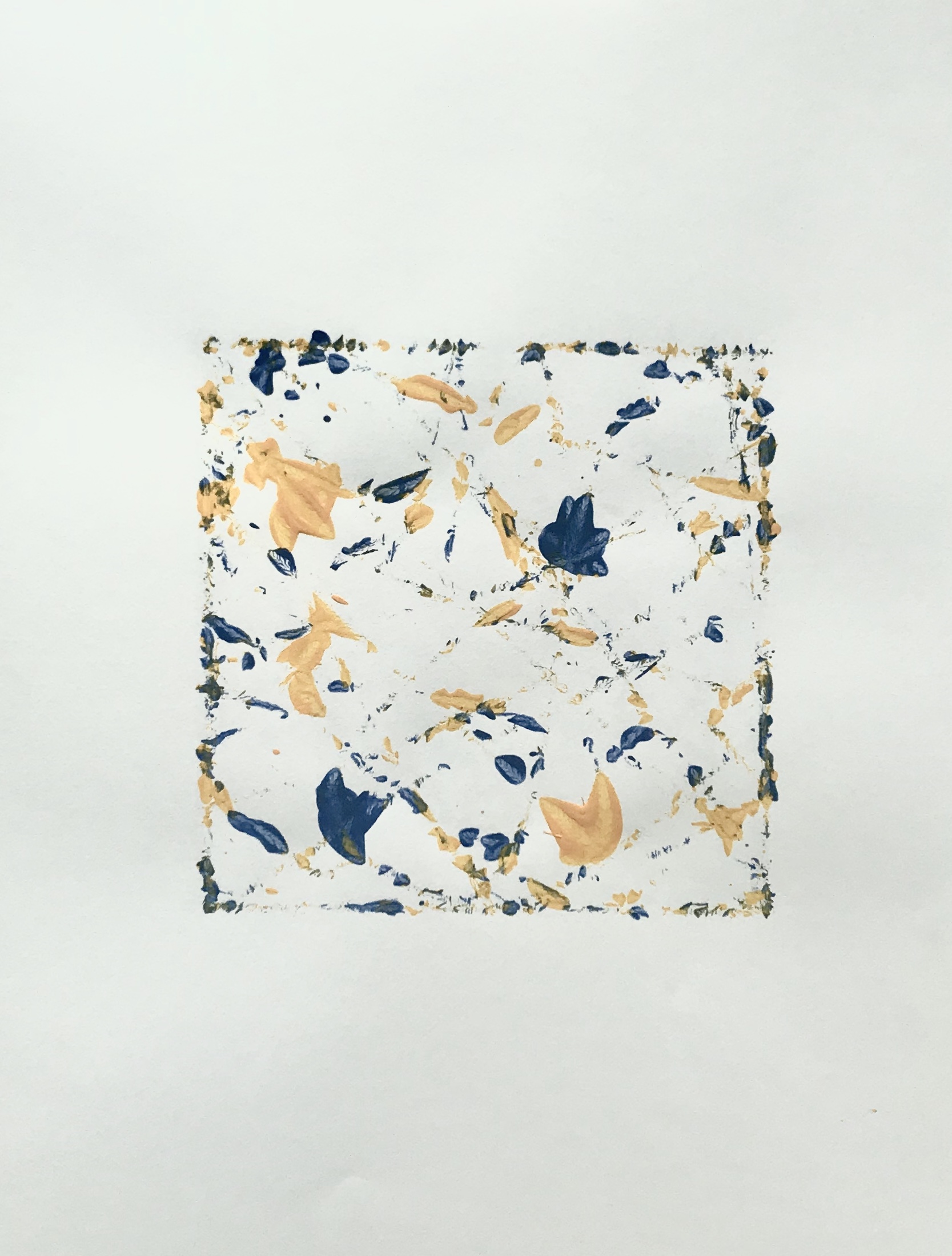
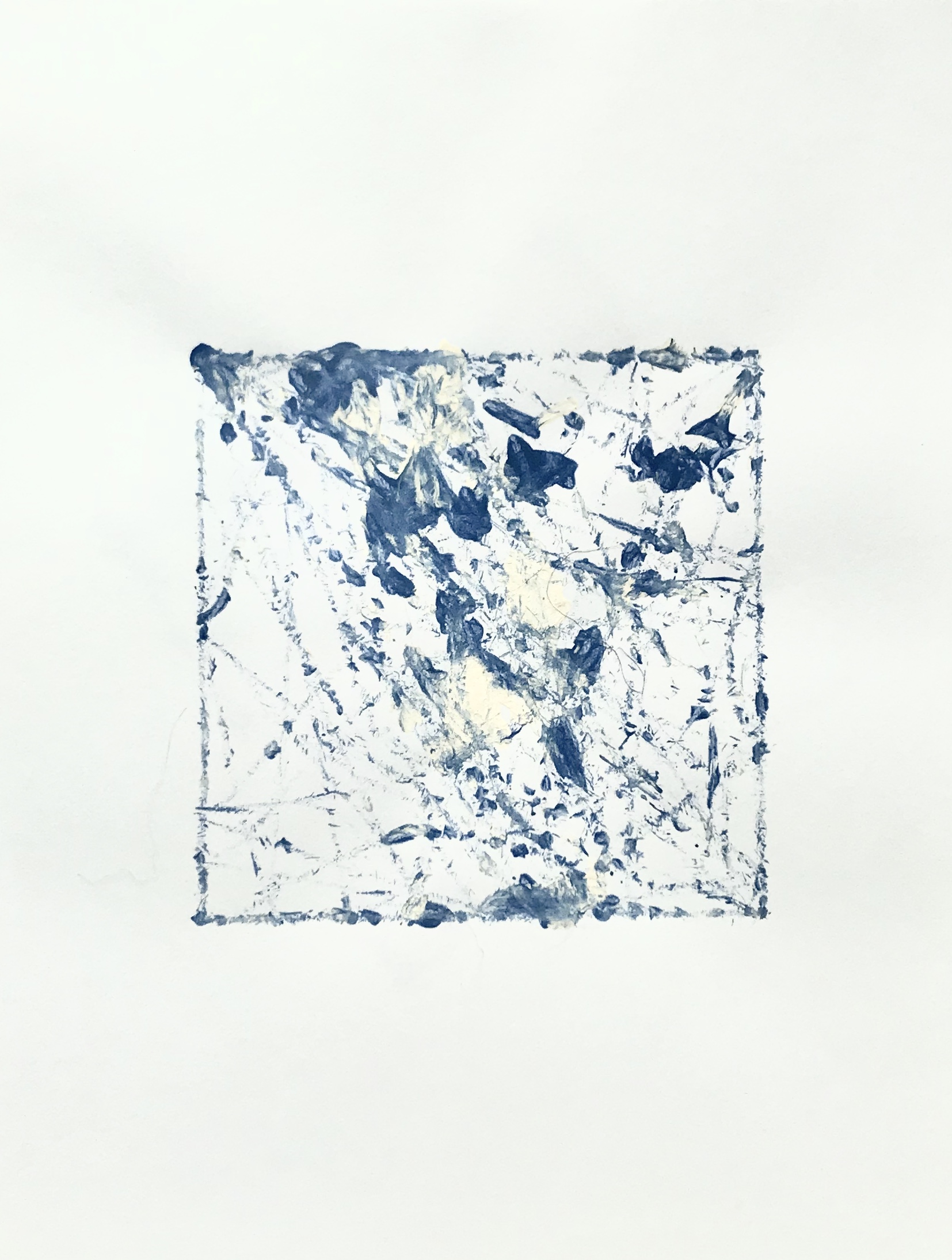
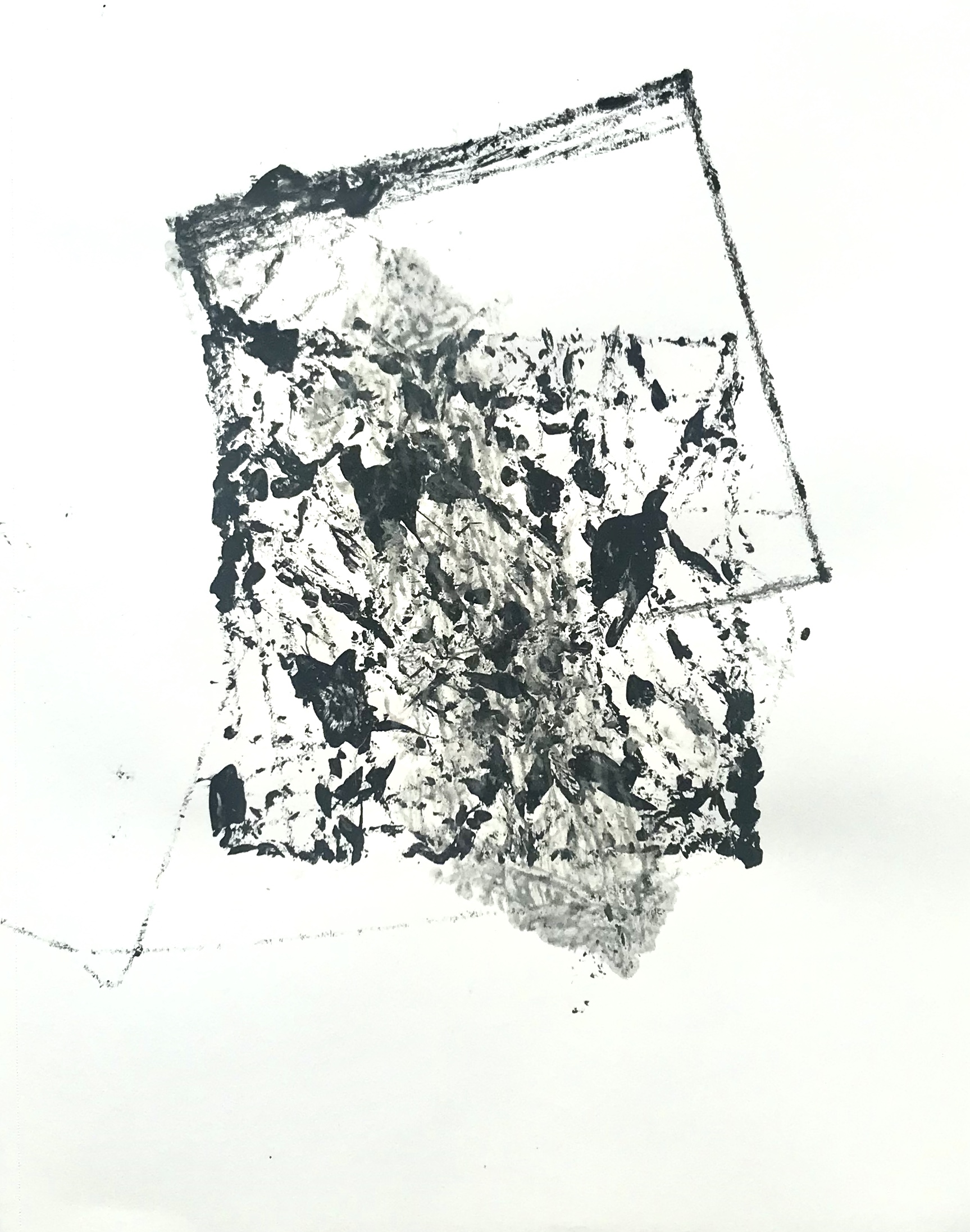
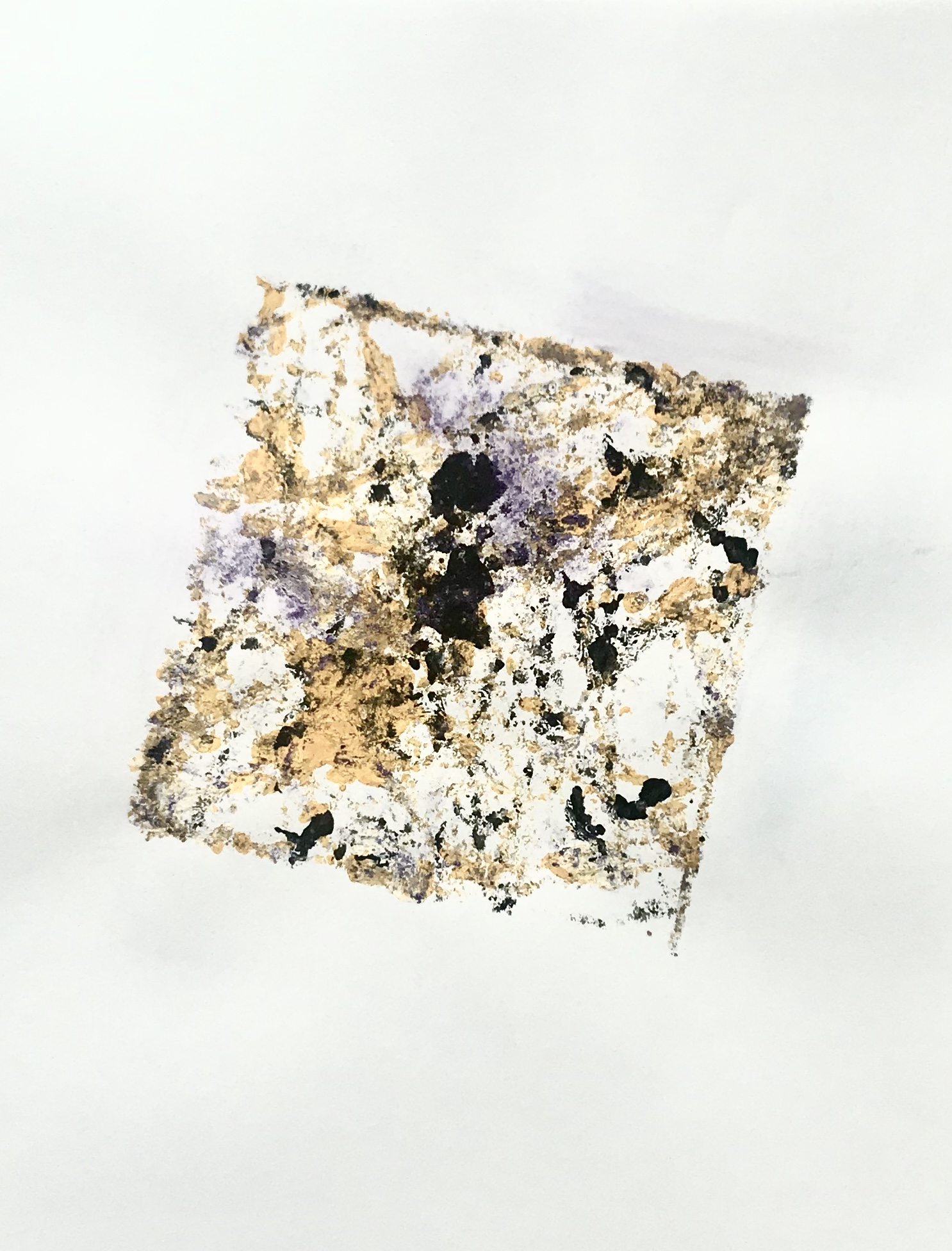
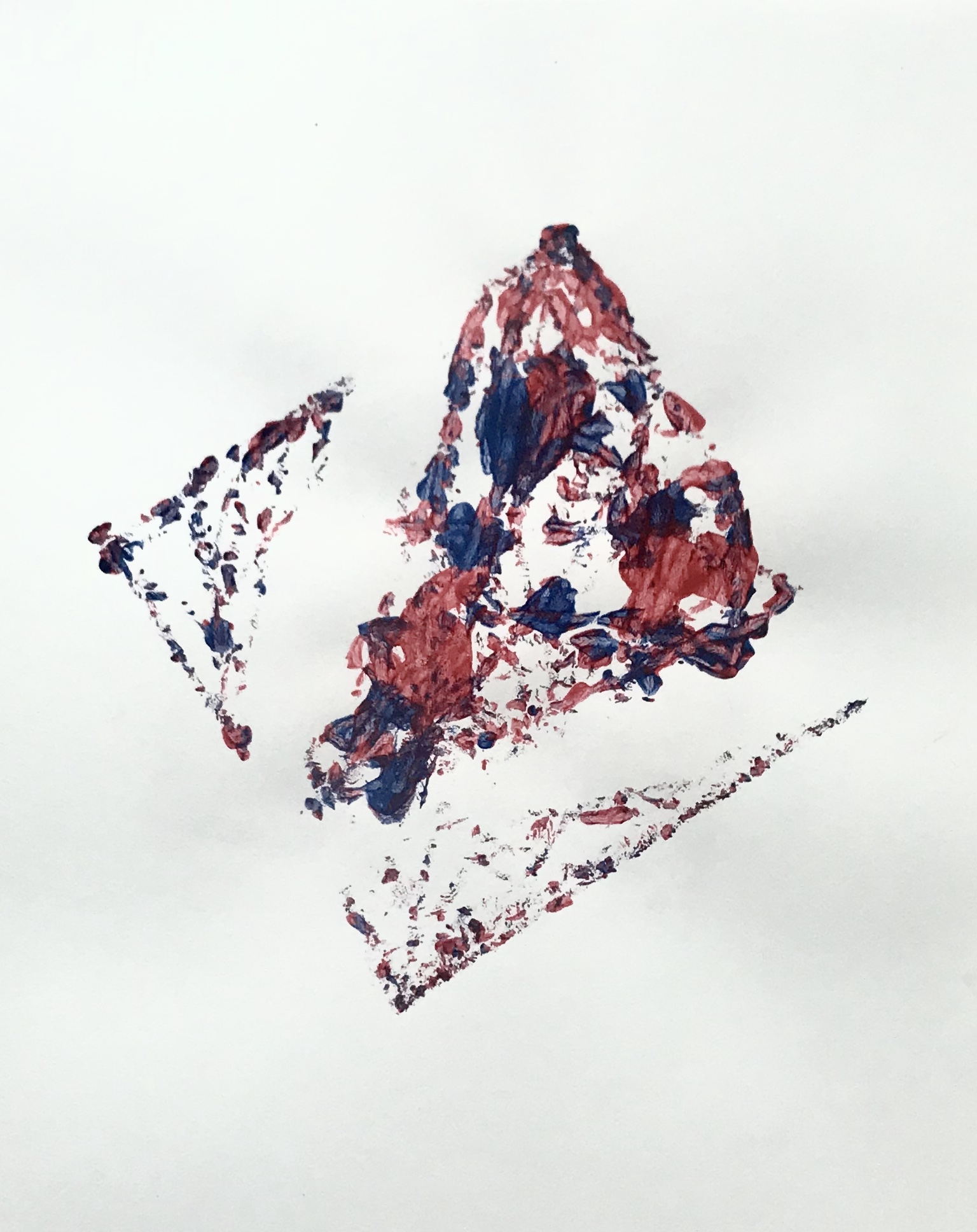
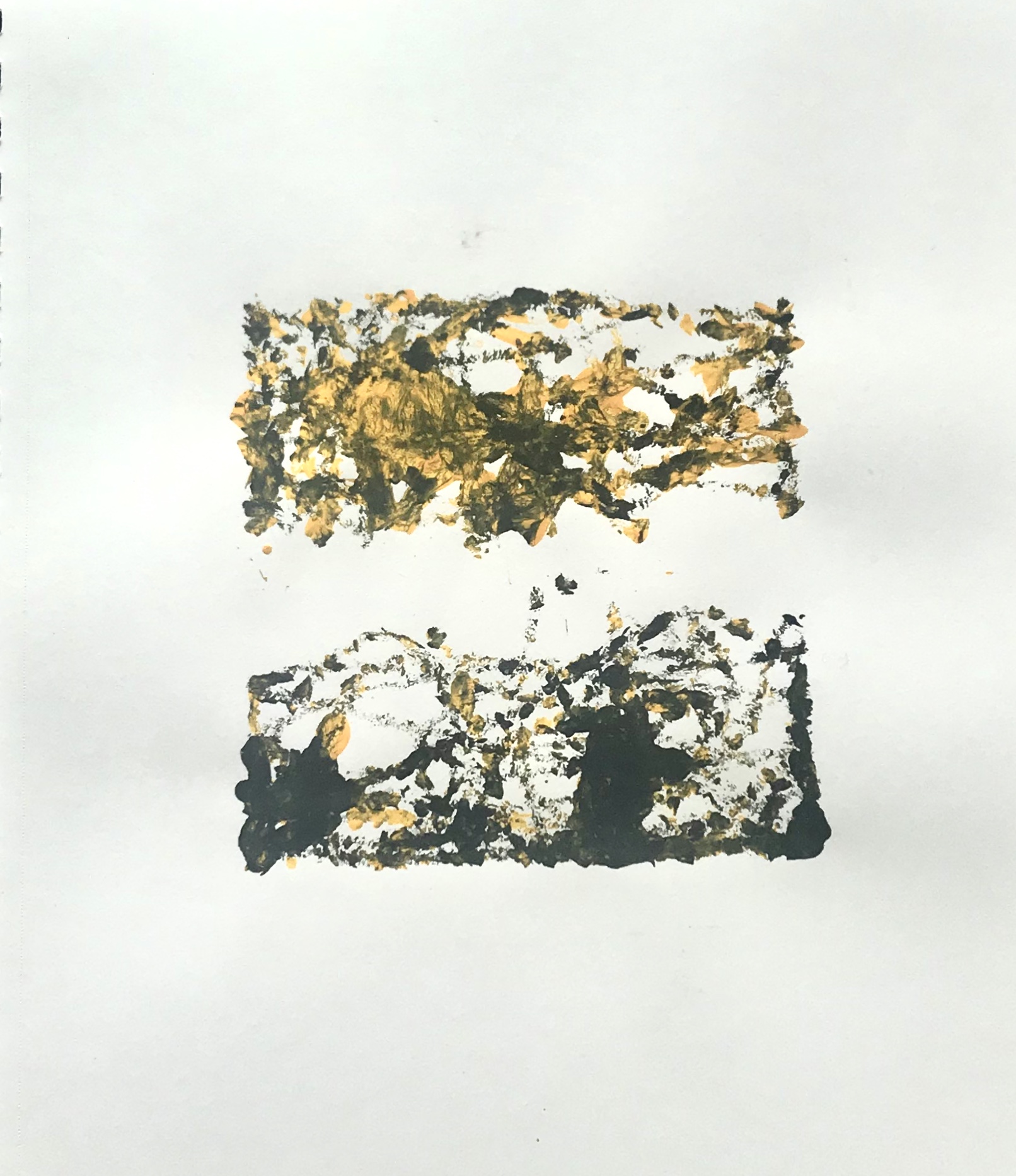
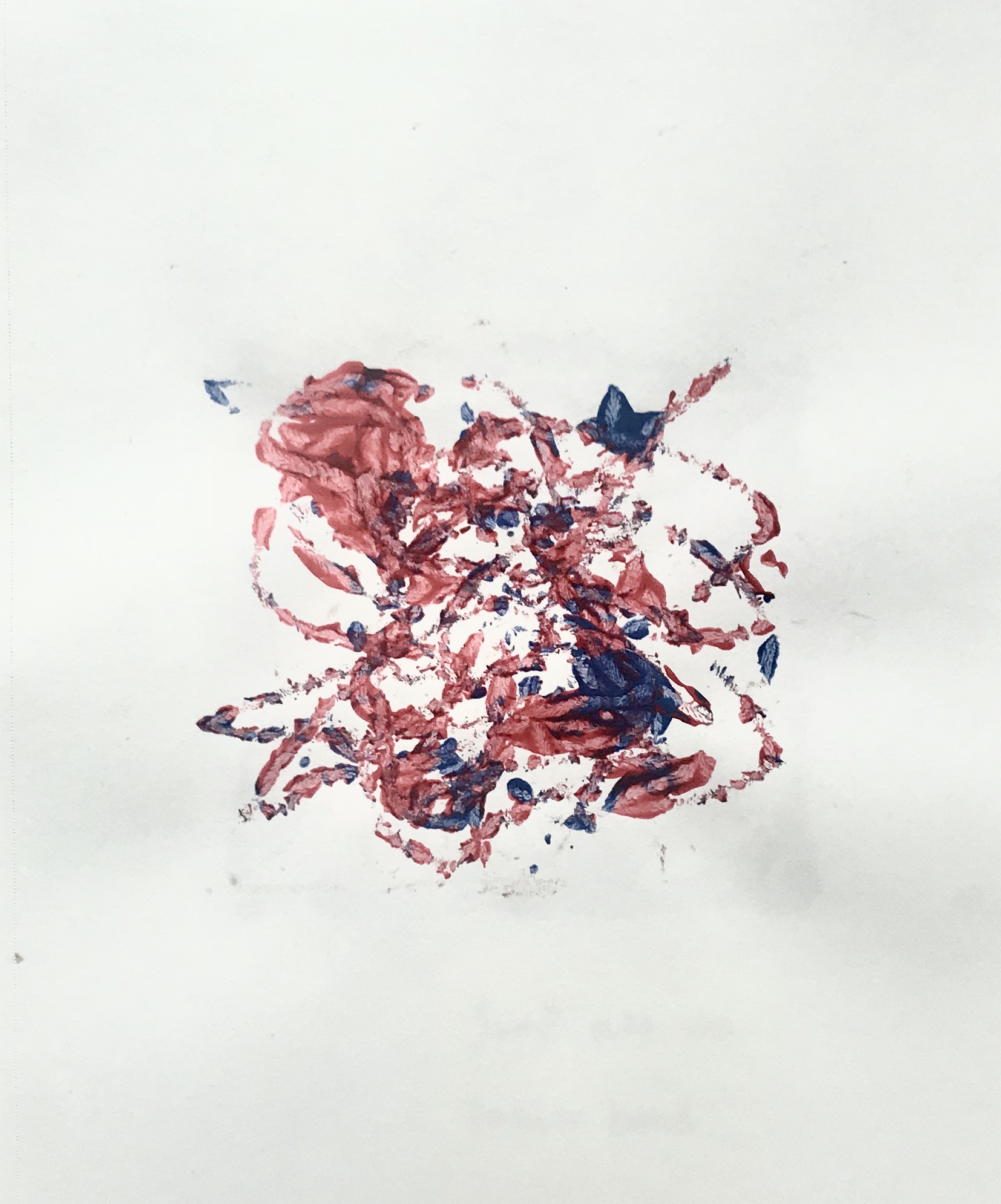
Straws and tops are weird but unique.
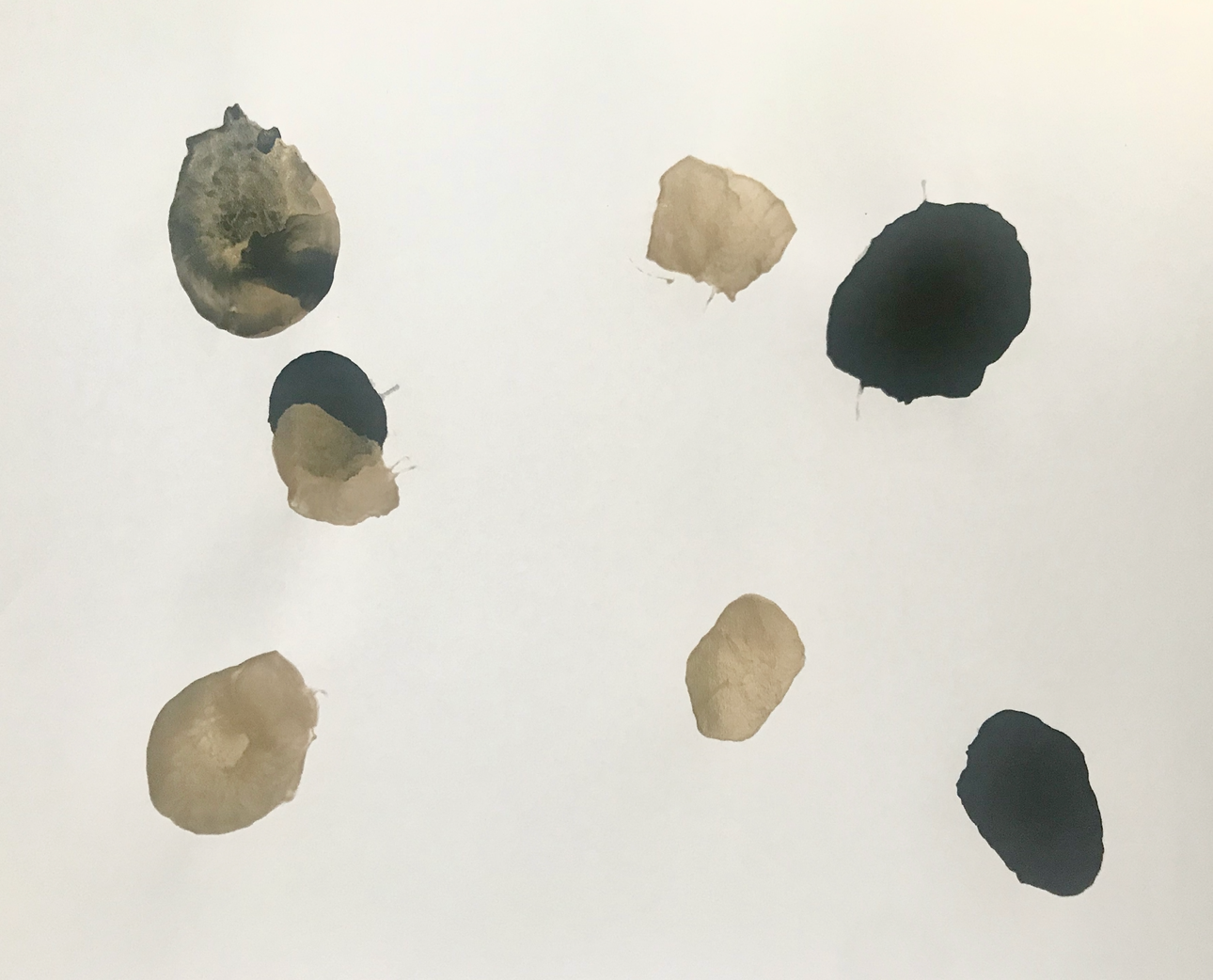
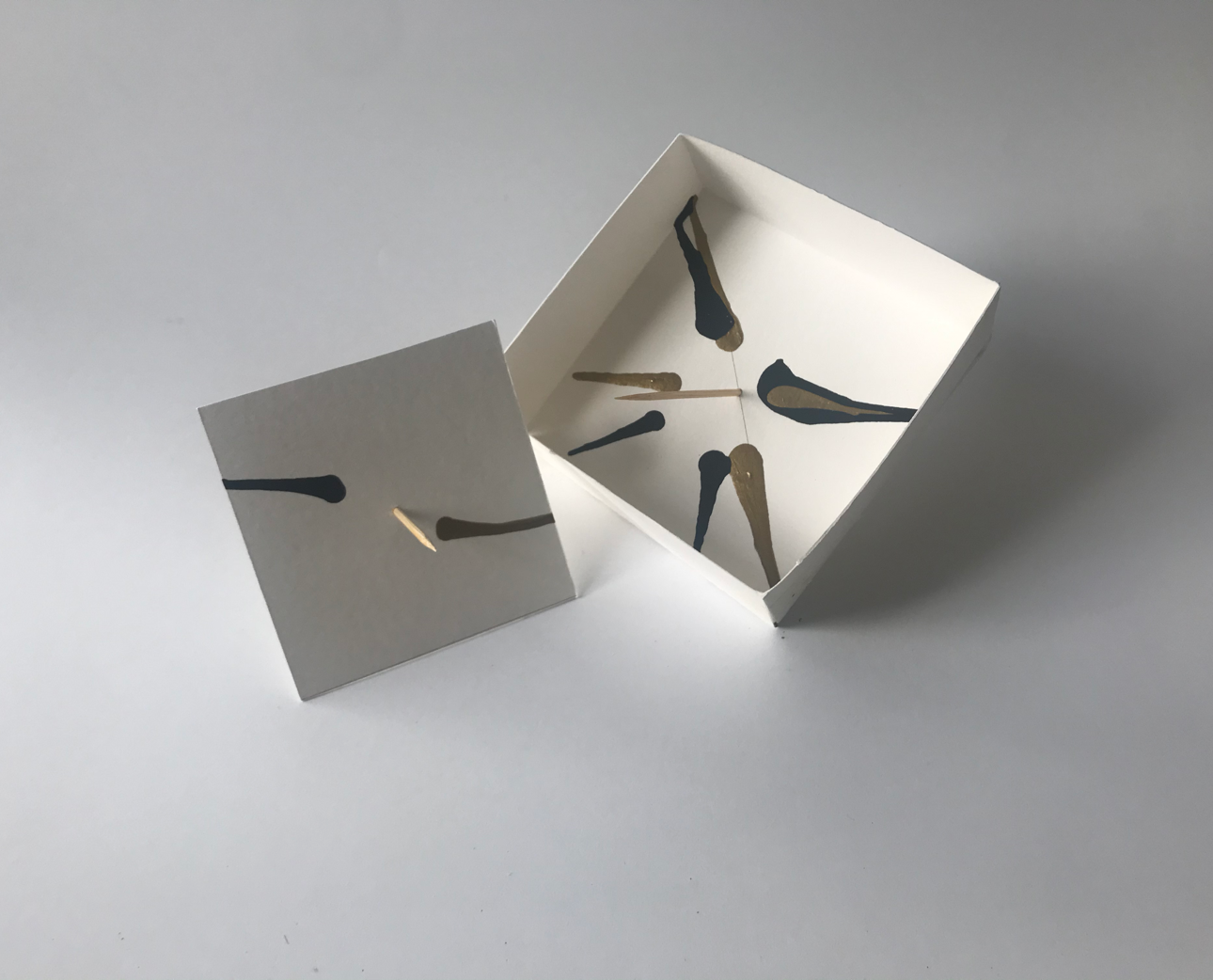
TAKEAWAYS
Considering rules of tools is a marginal takeaway from this project. When I didn’t tell people how this tool should be used, they used it in many ways and created amazing outcomes. It turns out that if the object is not self-explaining, it leaves space for imagination. So marginal takeaways are also meaningful, they may play crucial roles somehow. Also, I rethink about drawing. We play with tools and leave marks as outcomes, mark making is the purpose of outcomes. But the straw also records how I use straws. That inspires me that marks could be a record of behaviors.
Part 3 Drawing & Behaviors
“How to be systematical? When should you think about systems?” Personally, being systematic is a choice. I don’t know if it’s a form of method. I’m always not sure about the form, but I know it should be well-organized. It could be linear, opposite, boundaryless, etc.
4 behaviors in everyday life—clapping, rubbing, shaking and chewing
Due to quarantine, I choose behaviors in our daily life. They are clapping, waving, rubbing and chewing. This is a drawing tool that powder in the box falls down when I clap my hands. Every shape is unique. Even though all clapping looks similar, they have differences.
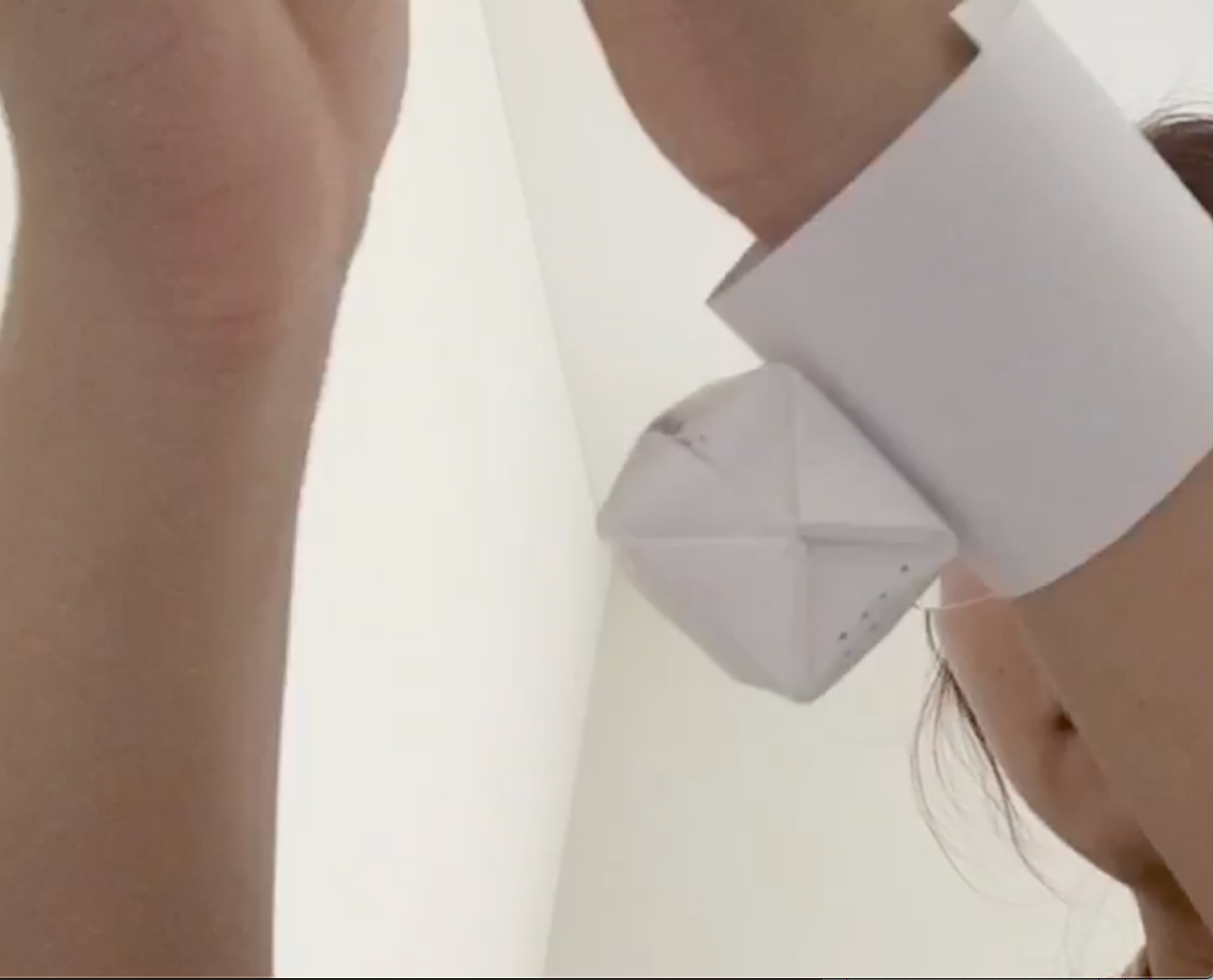
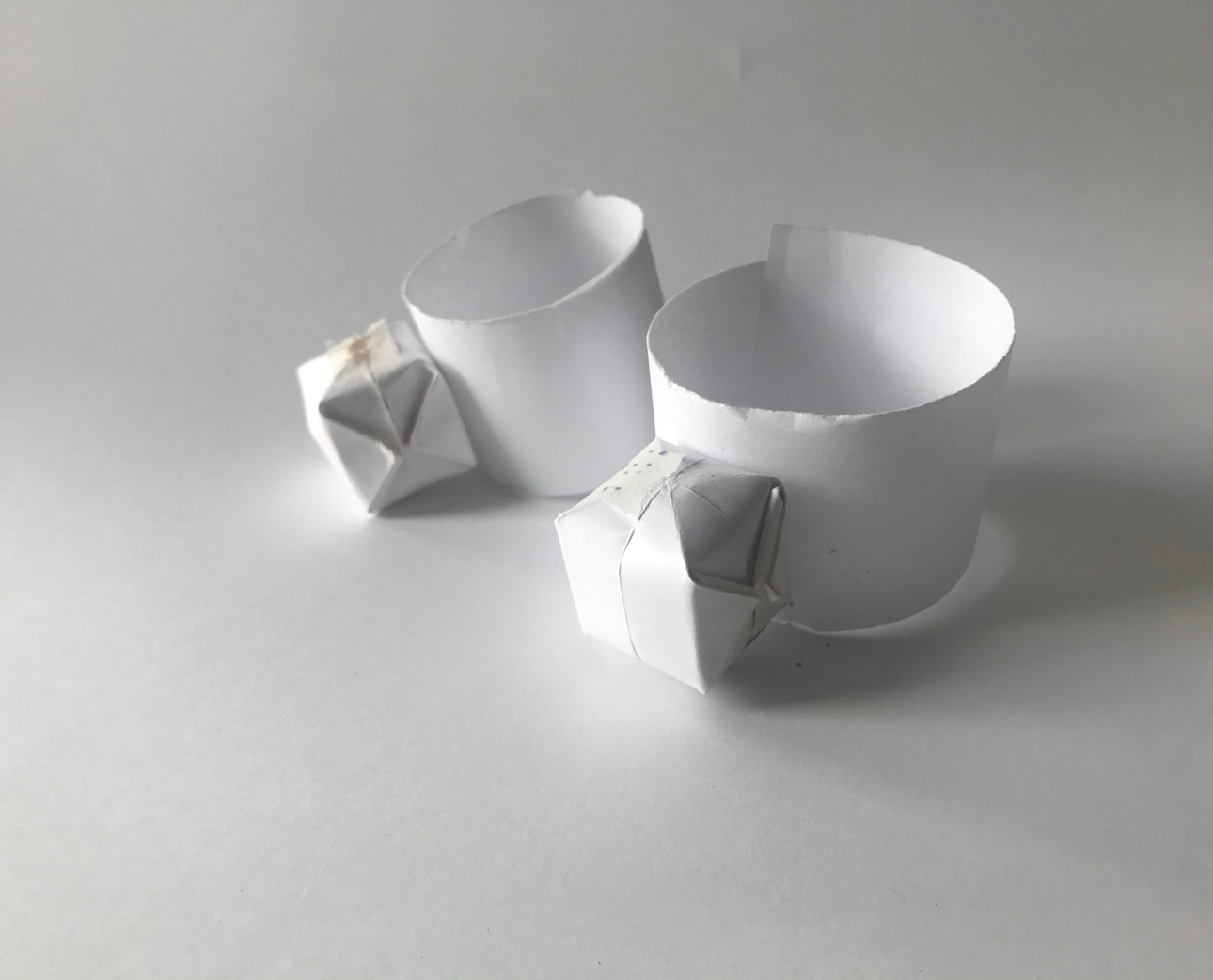
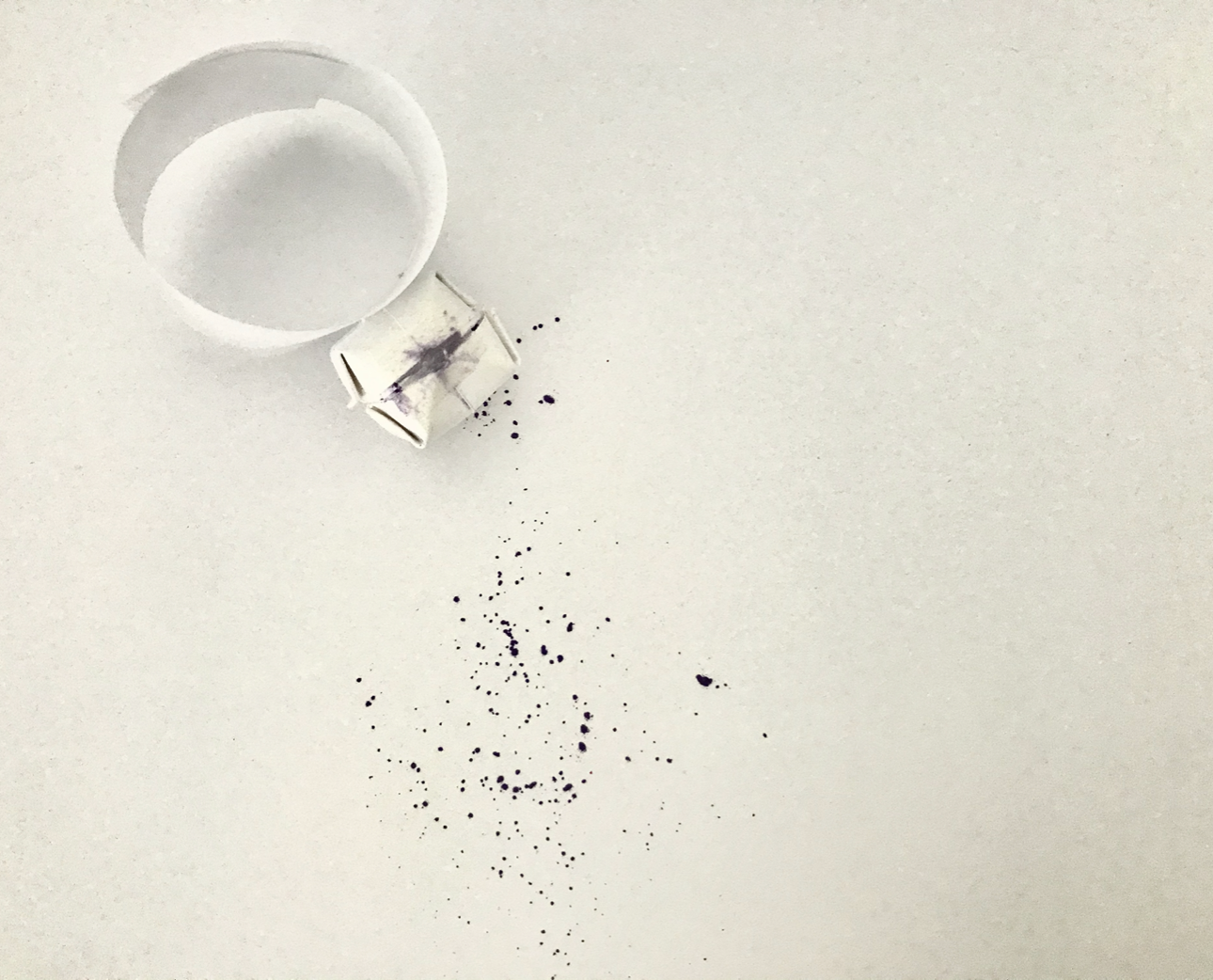
This tool record the rubbing behaviors.
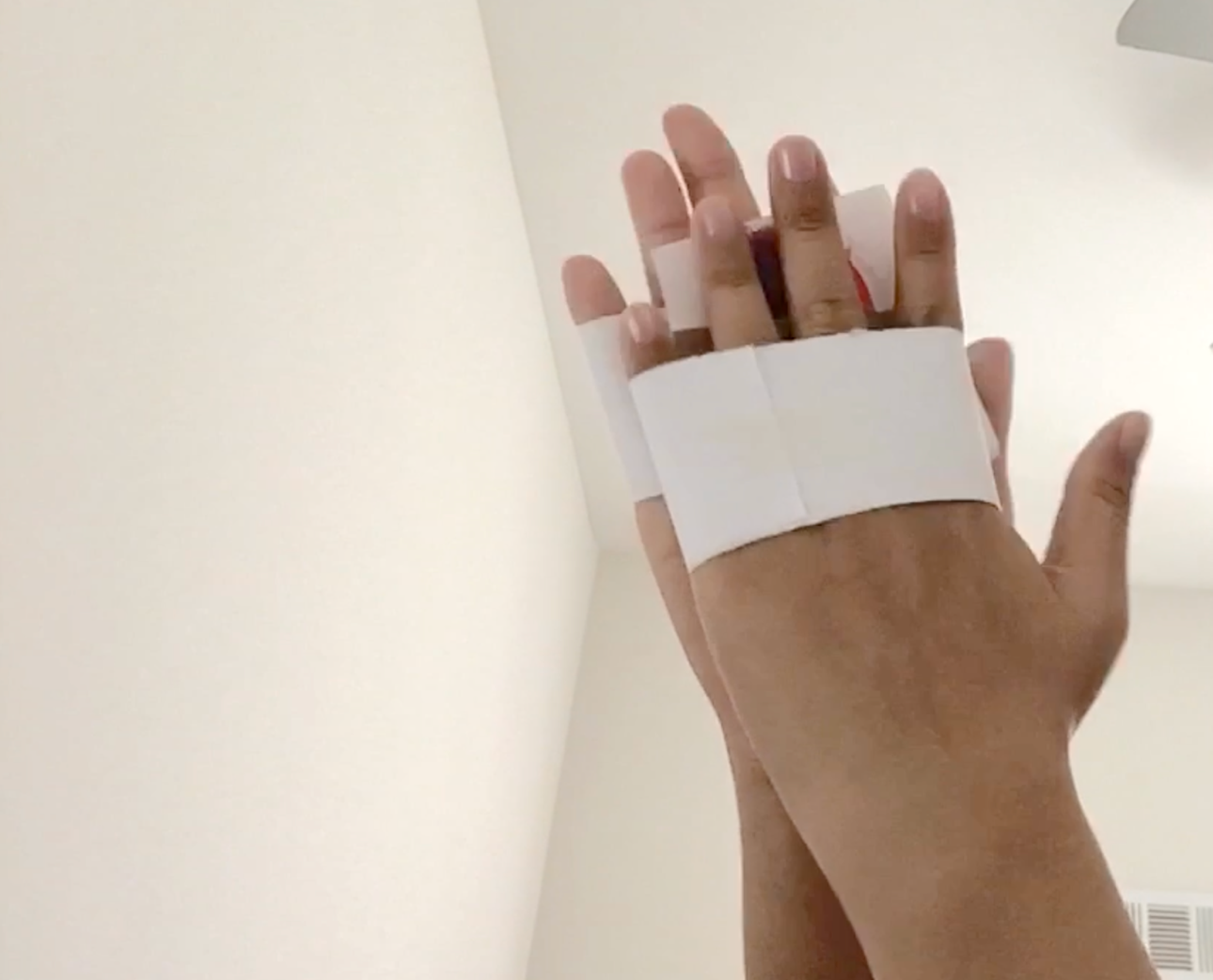
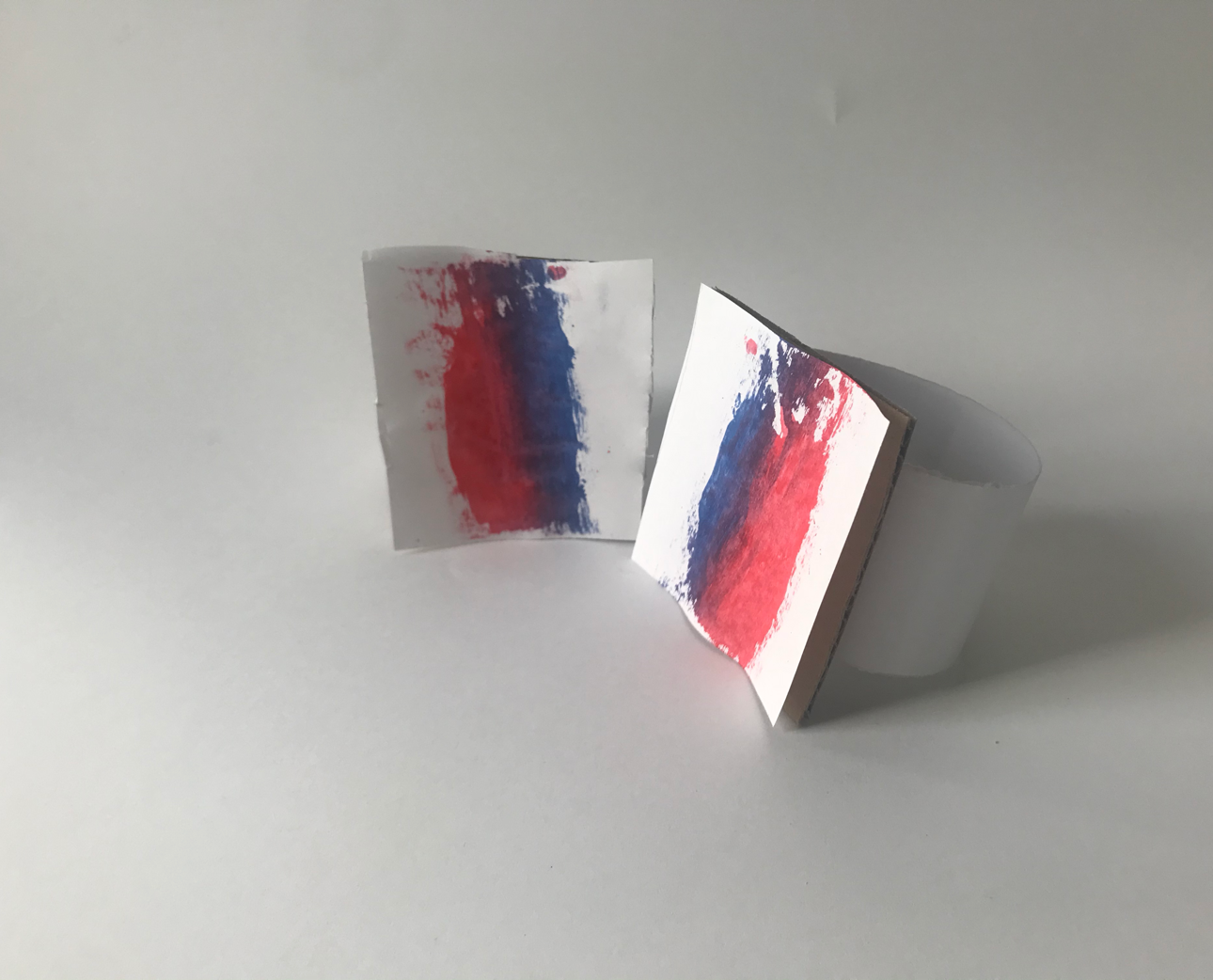
When I wave my hands, the ball in the column rolls back and forth, which helps to mark the shaking behaviors.
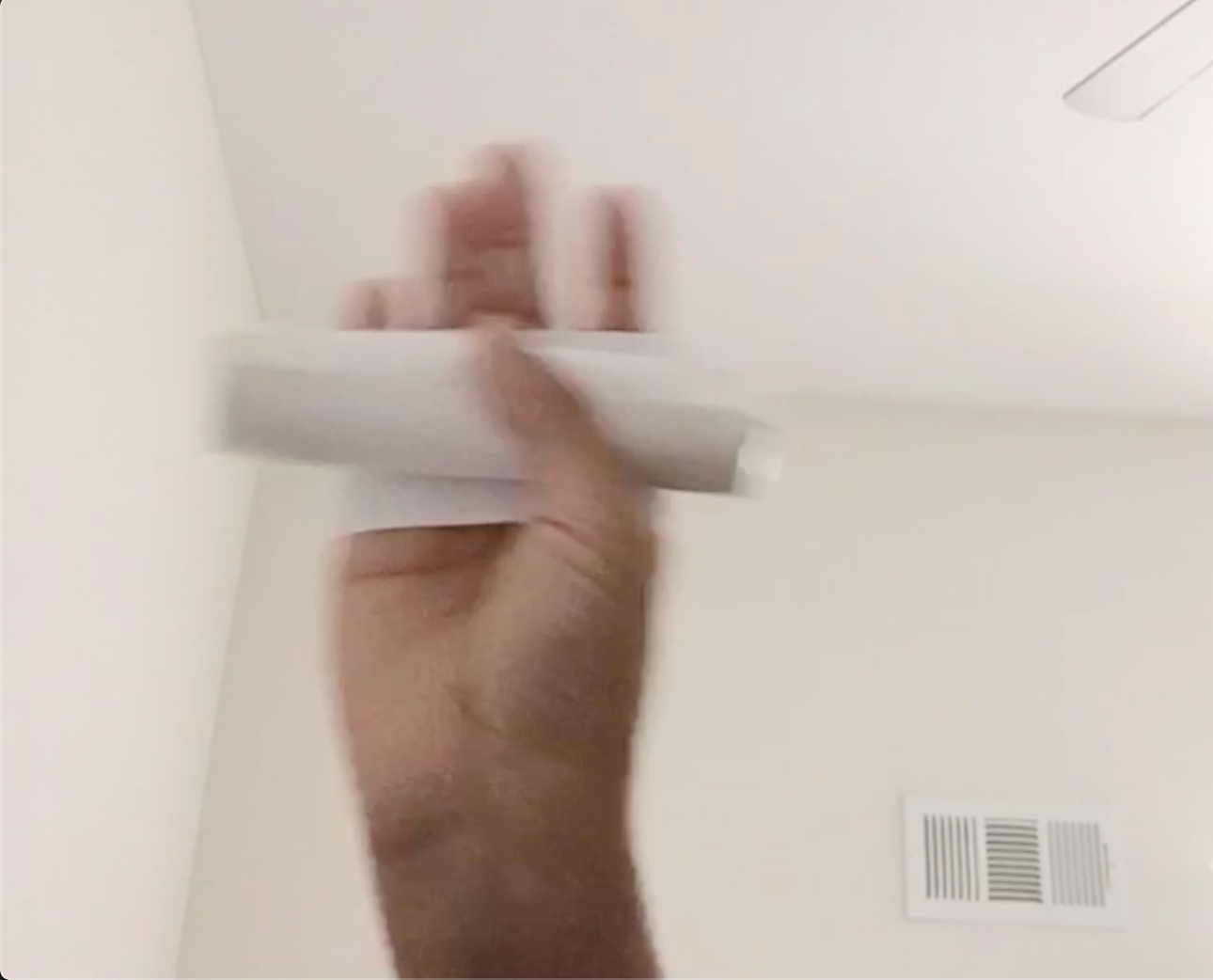
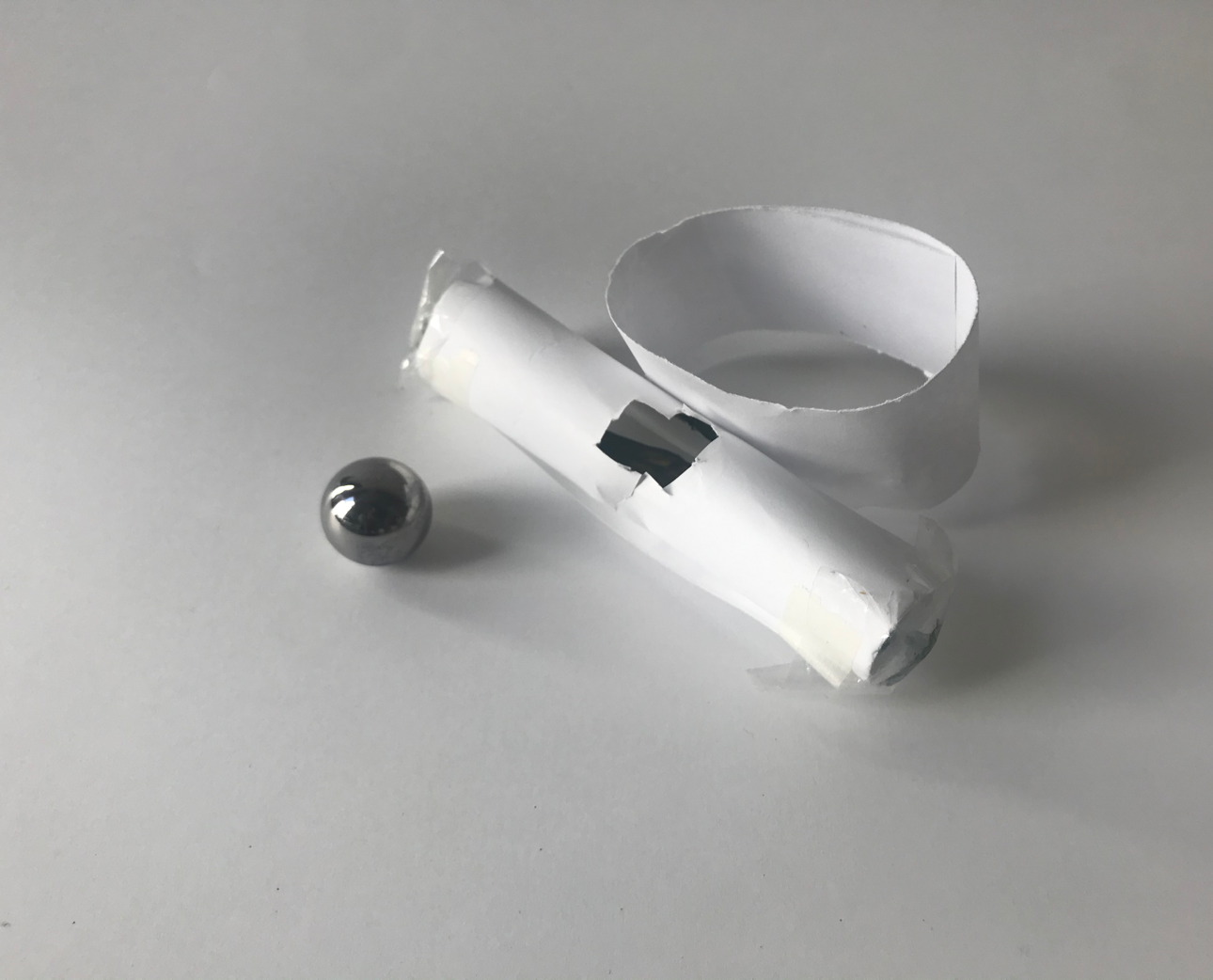
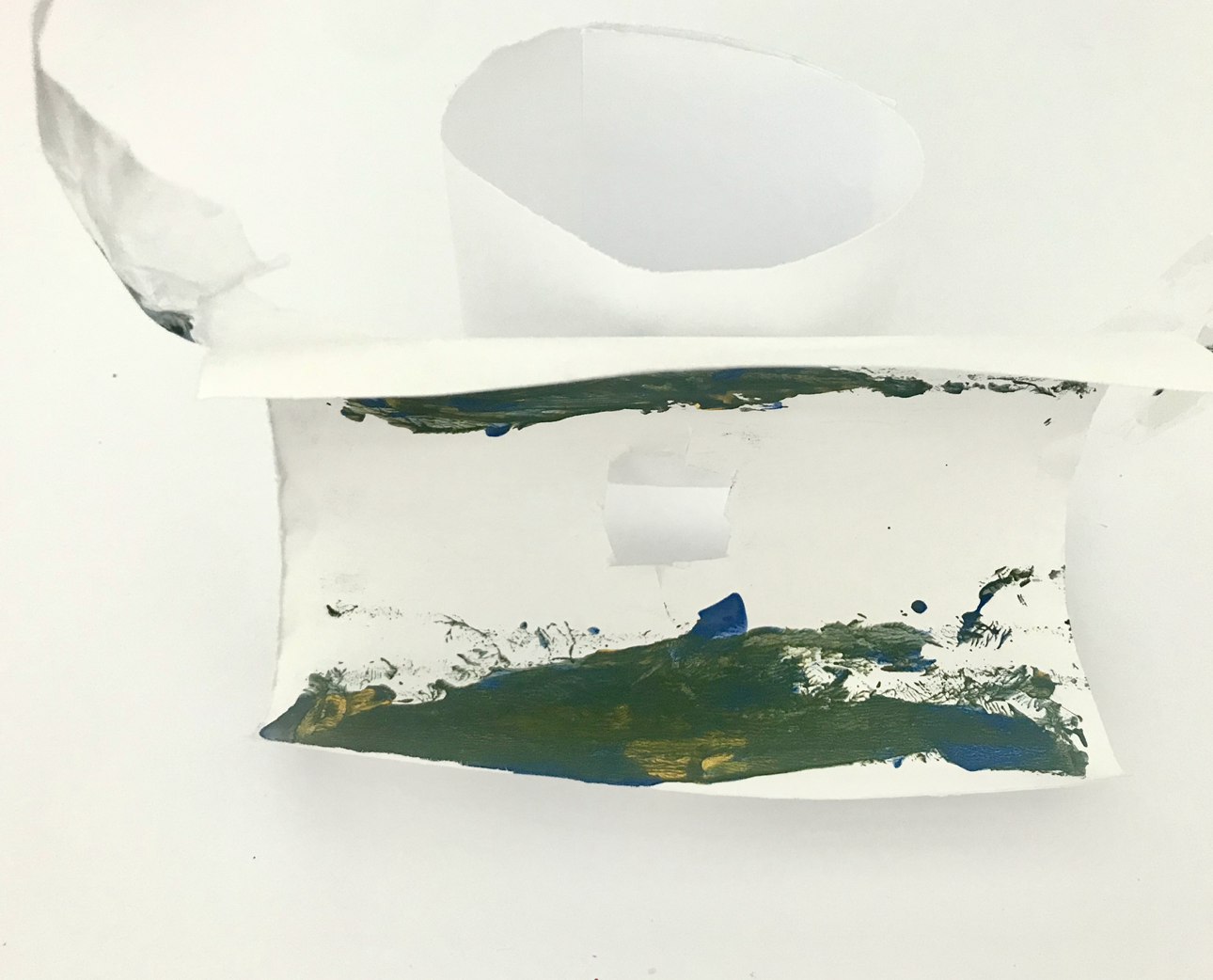
This folded tool helps me to record the chewing.

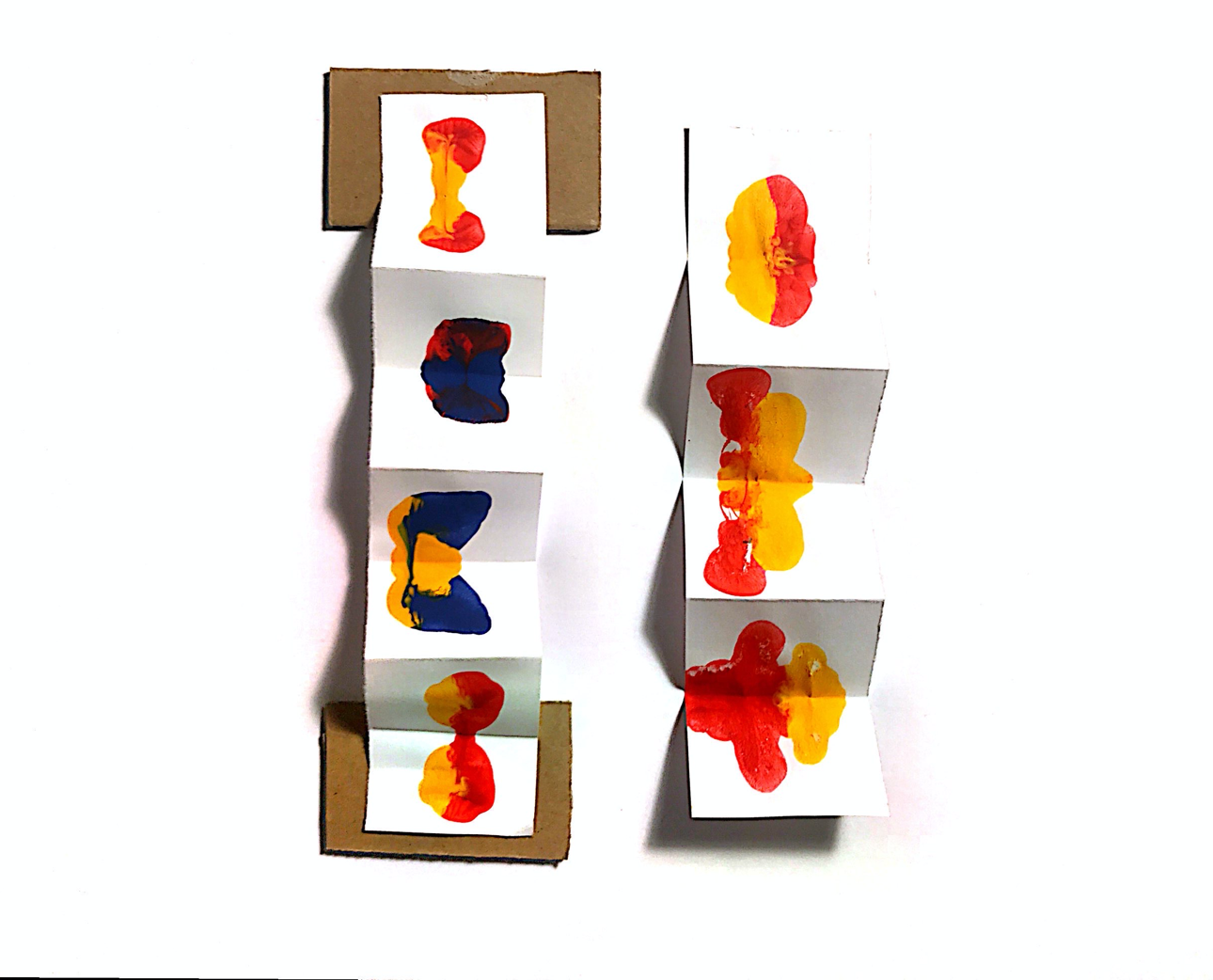
Part 4 Drawing & Unconcious Behaviors
The unexpected takeaway comes from the making process. When I finished the tool making, I looked at them and held the used tape in my hands unconsciously. When I noticed, I realized that this tape was a record of behavior. I scan it and it's extremely beautiful, so I define it as a drawing.
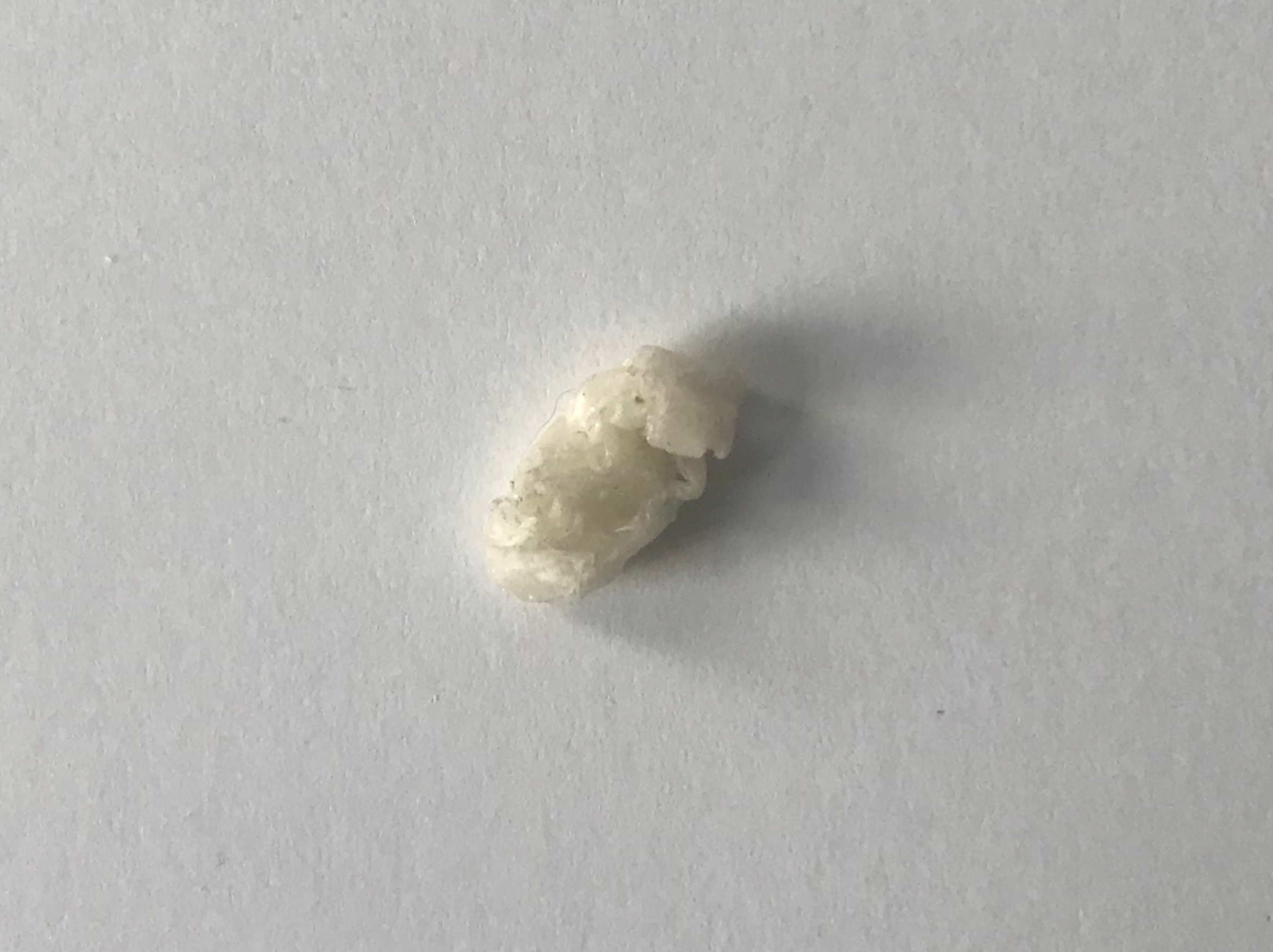
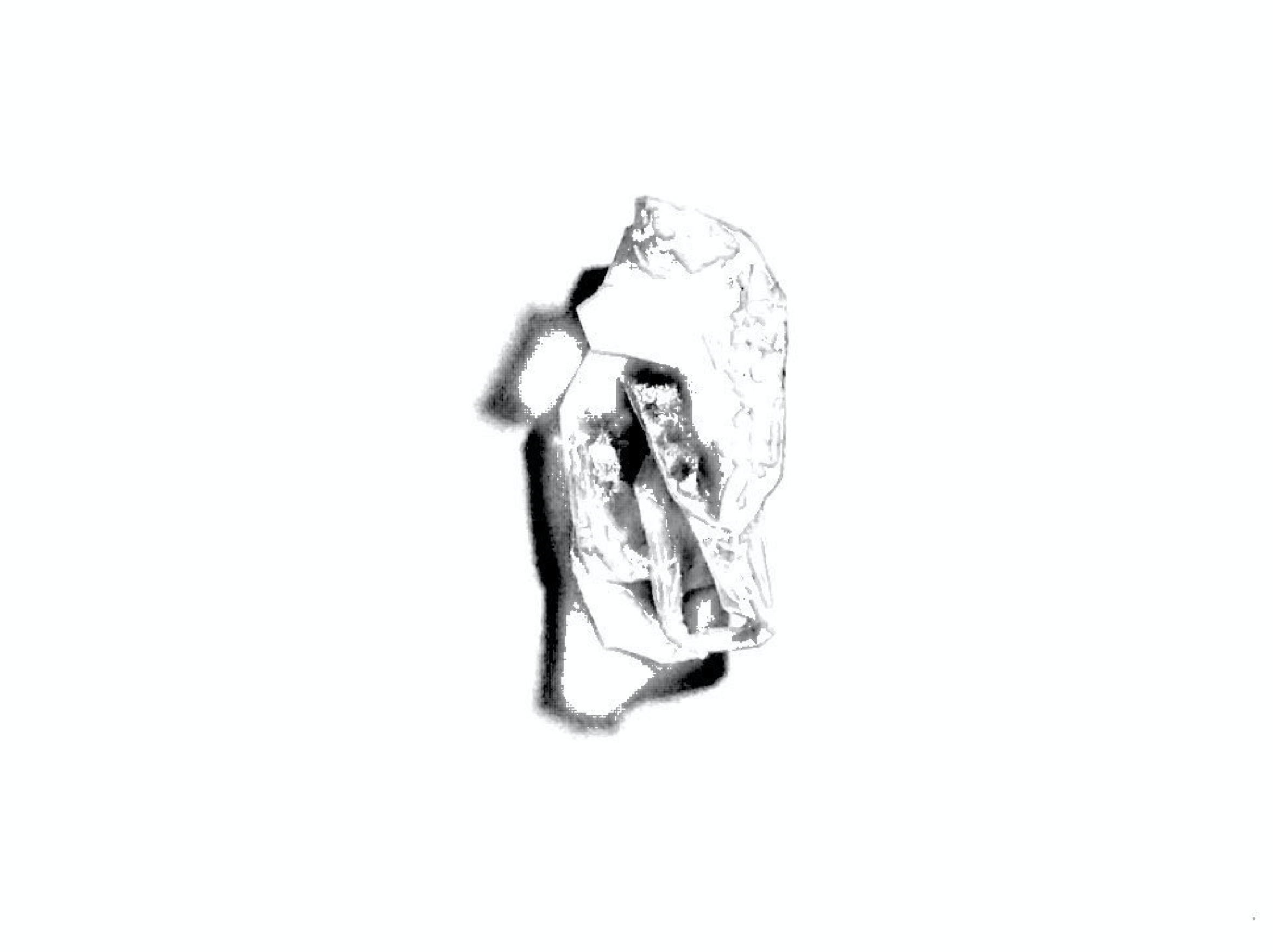
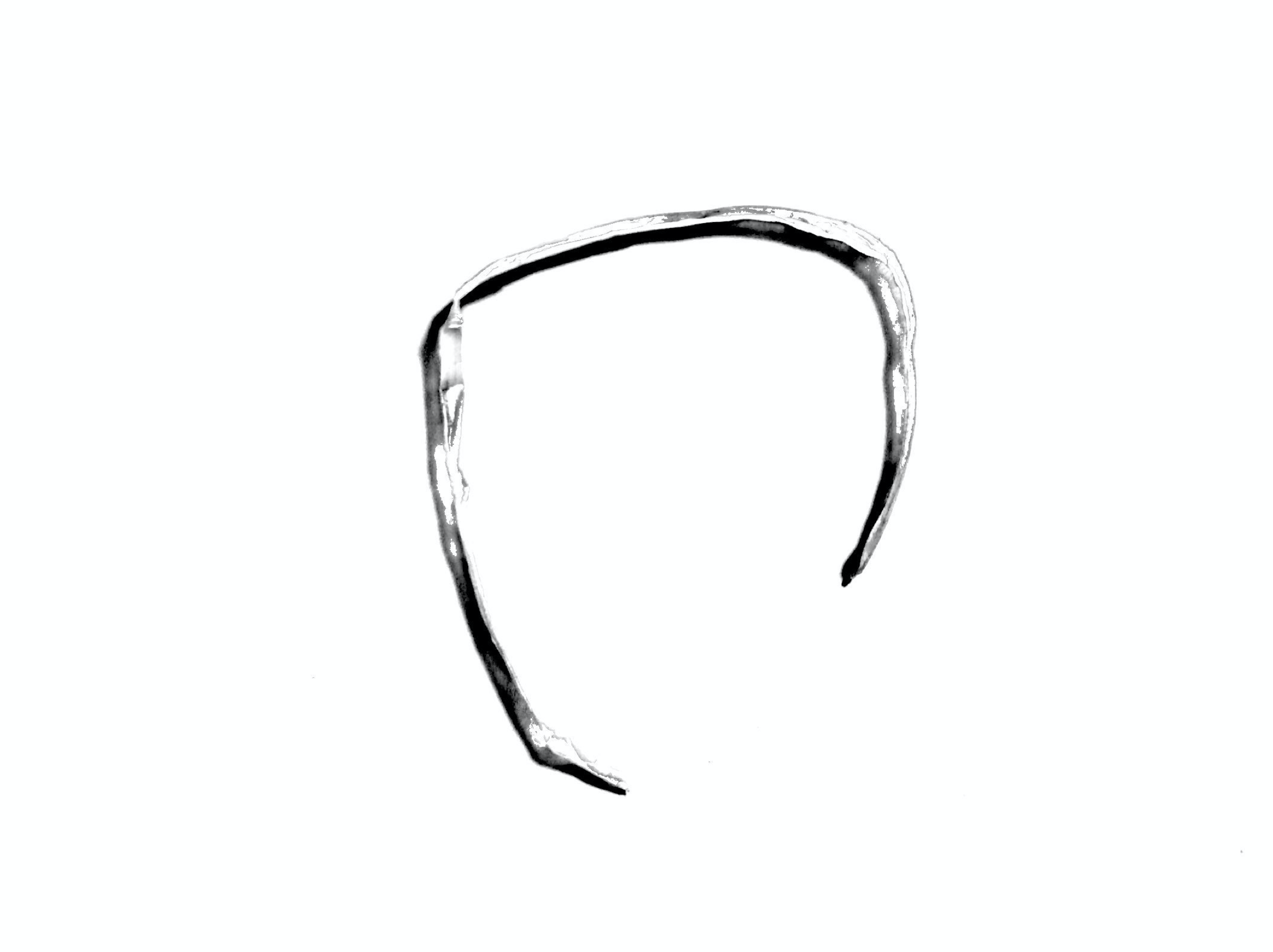
Experiments—how do unconcious behaviors draw?
I sit down on a paper, it has shrinks.
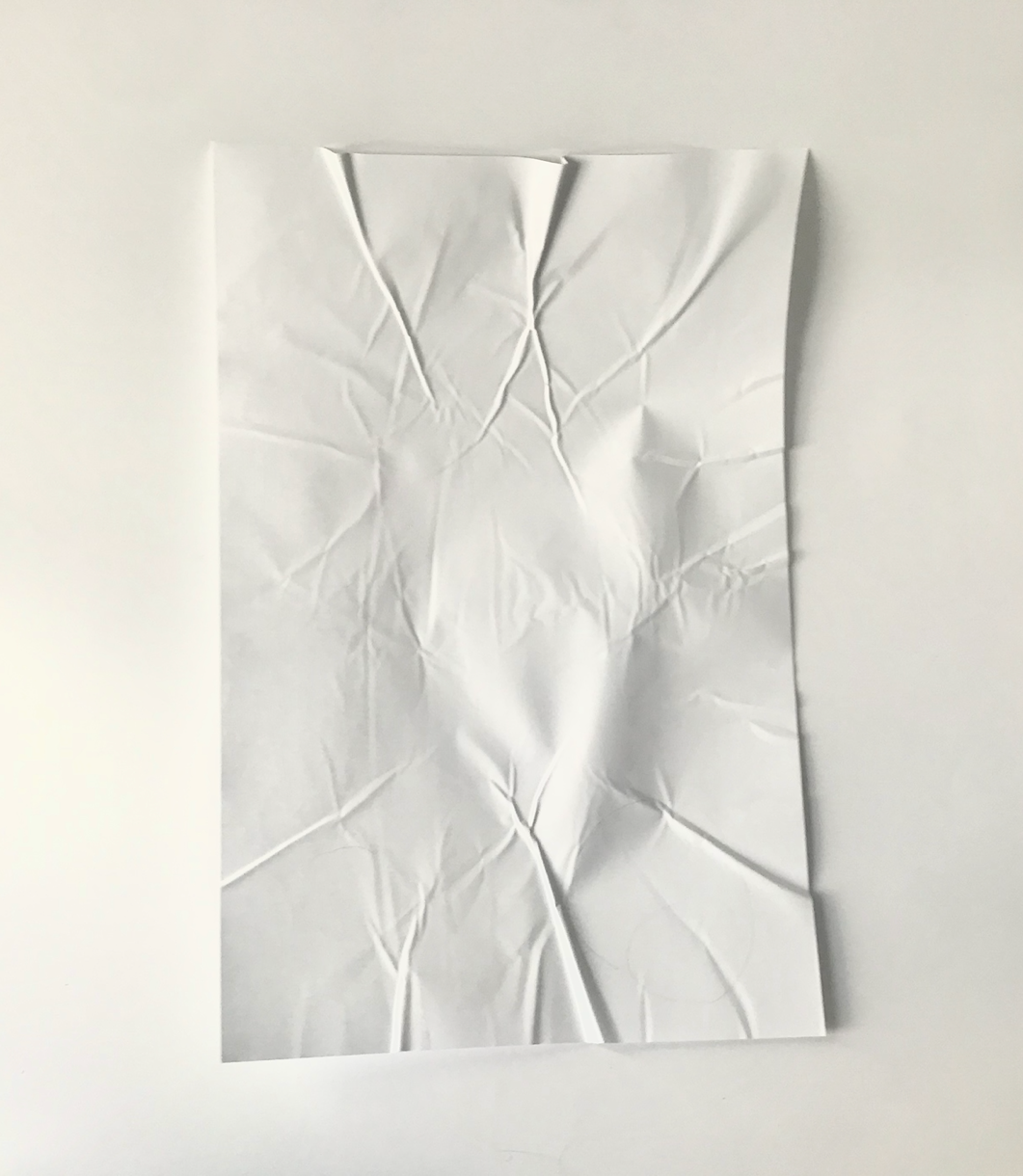
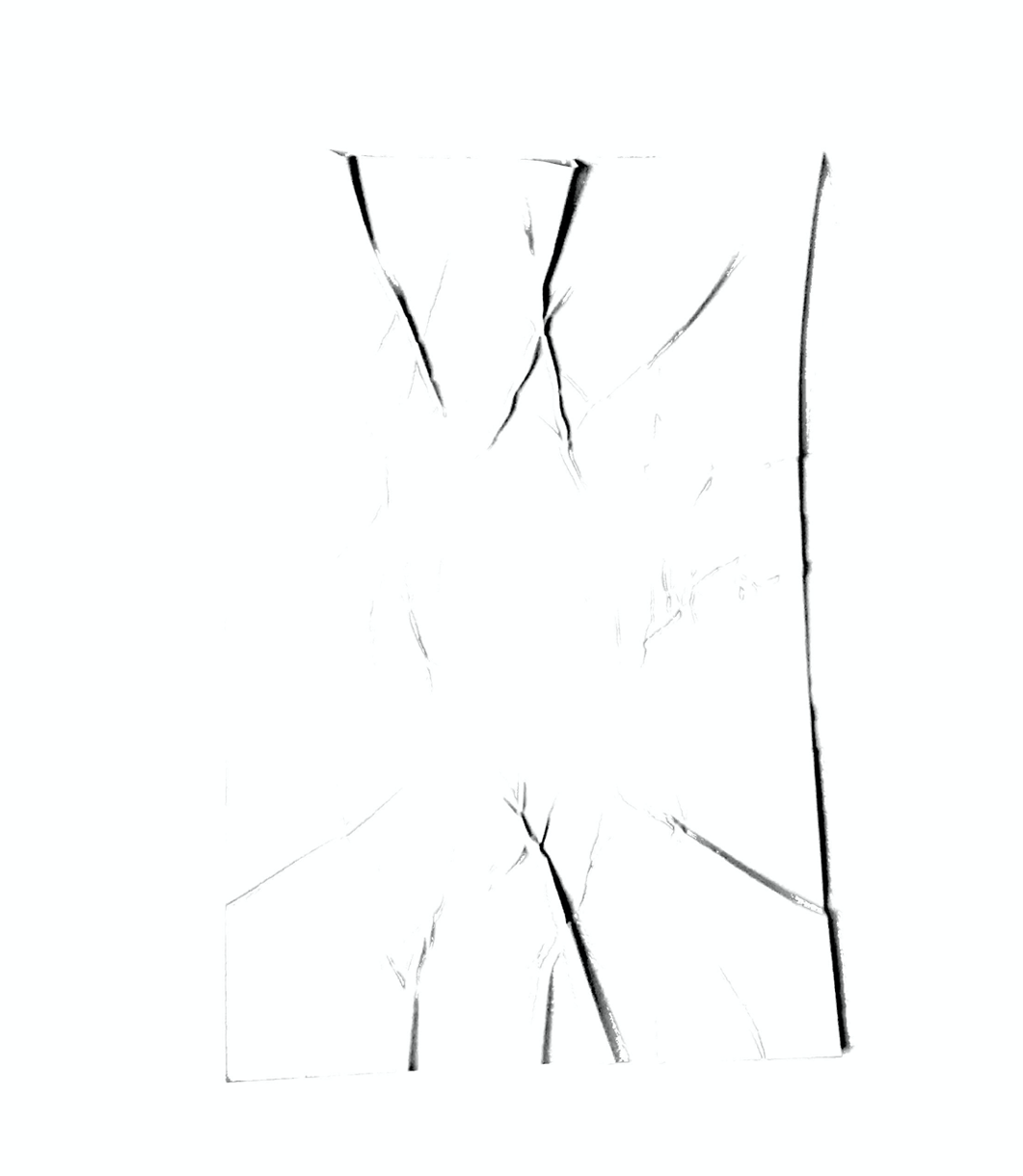
I use foam to soak up water.
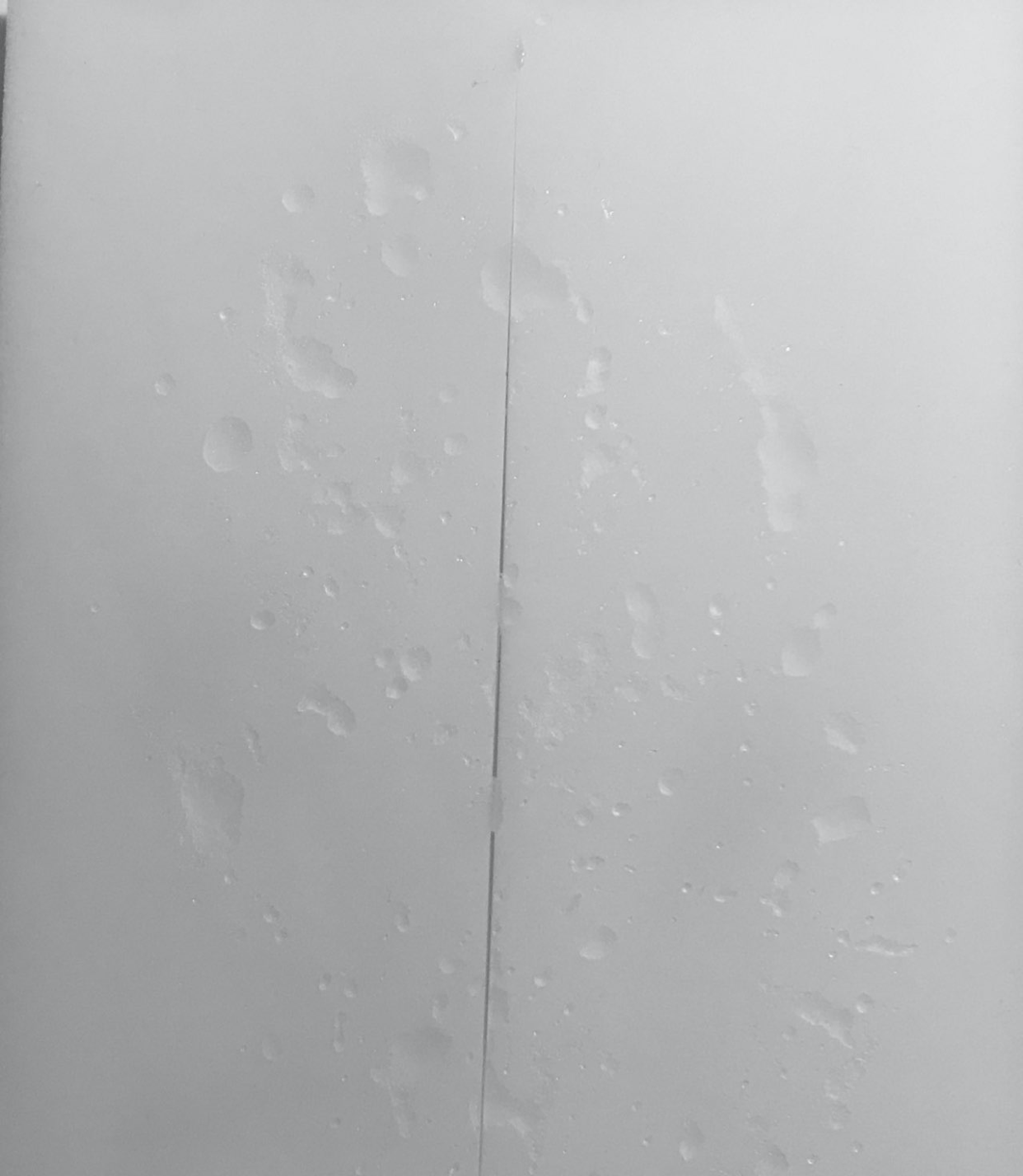
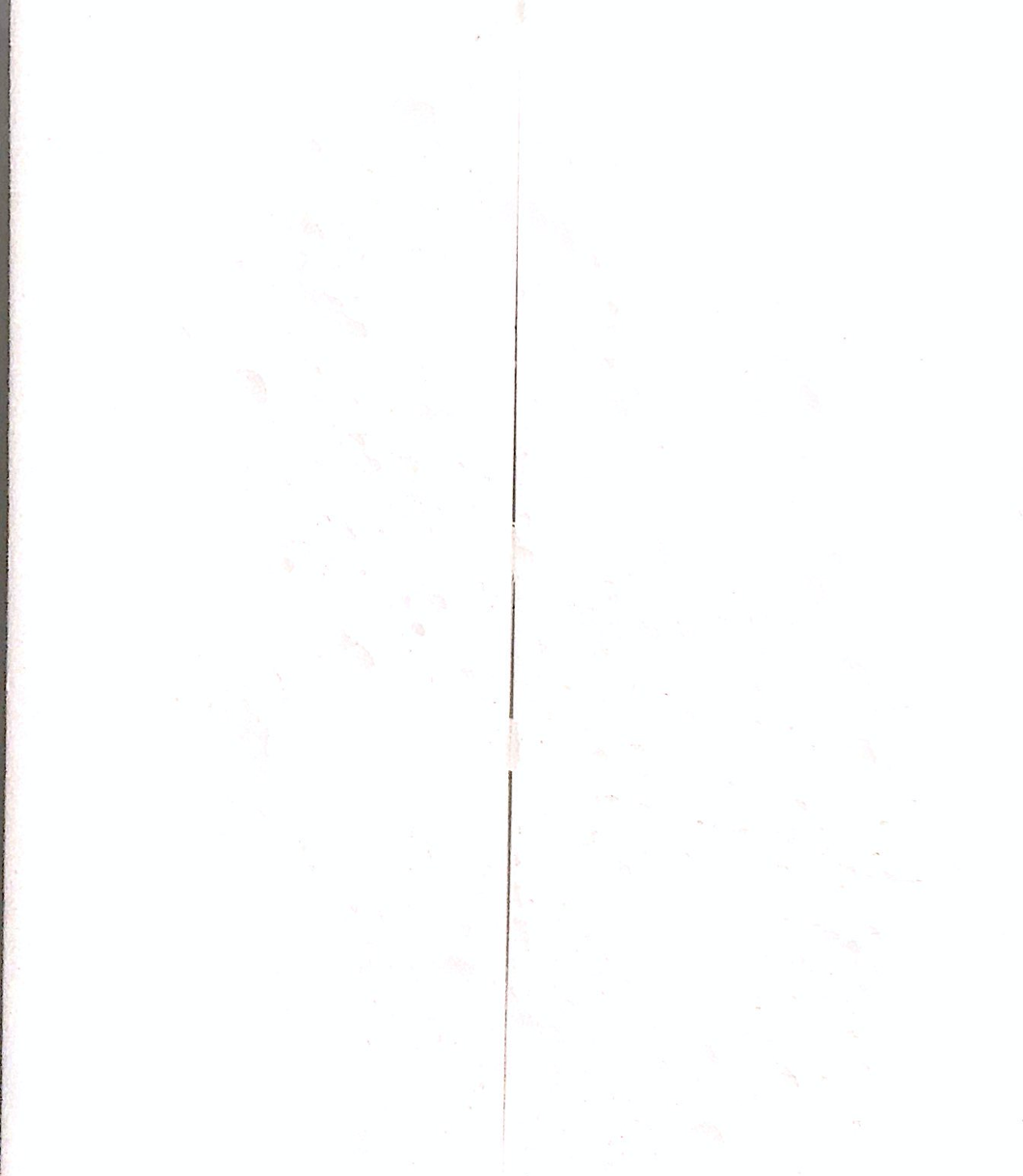
I cut the foam randomly.
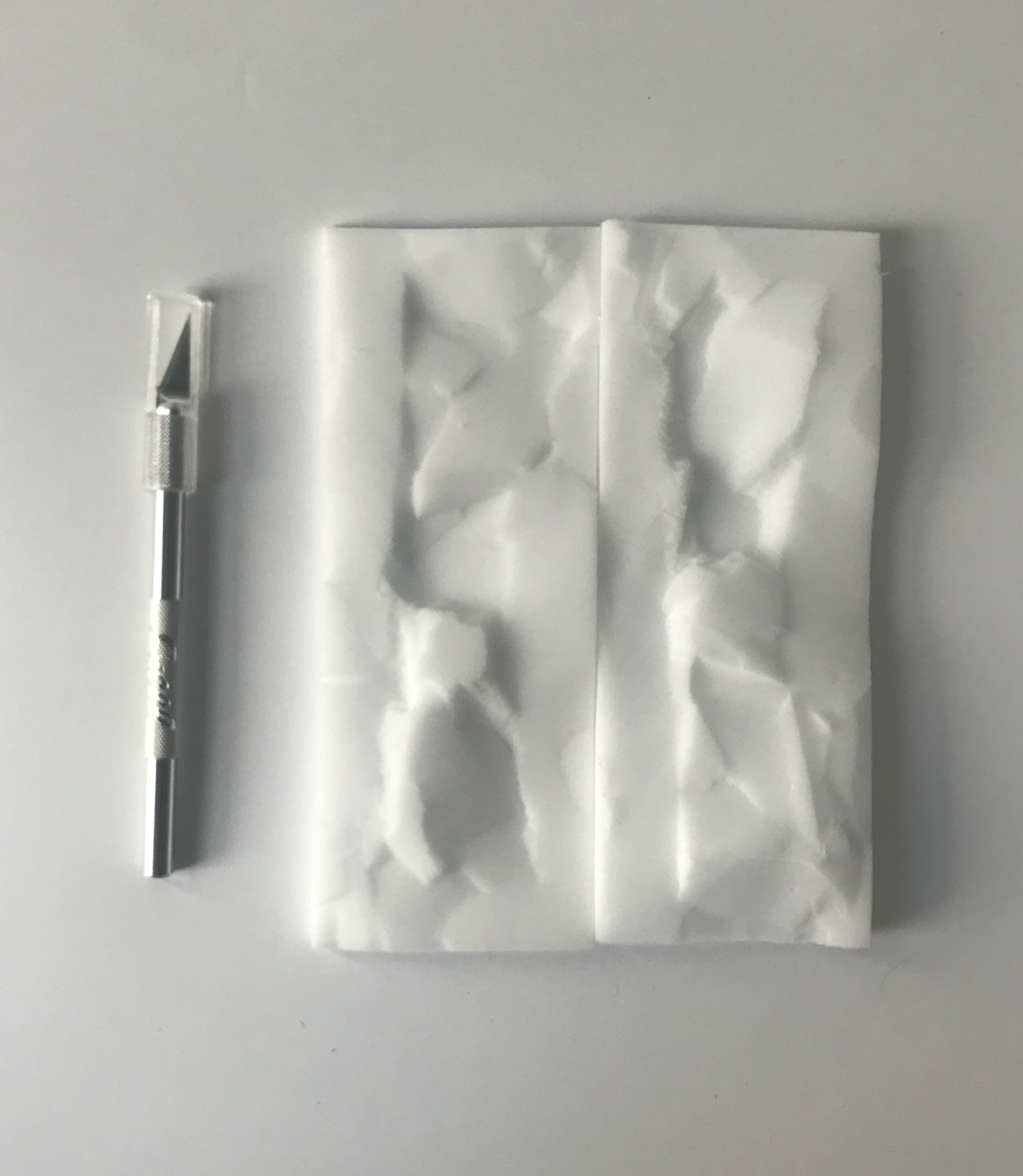
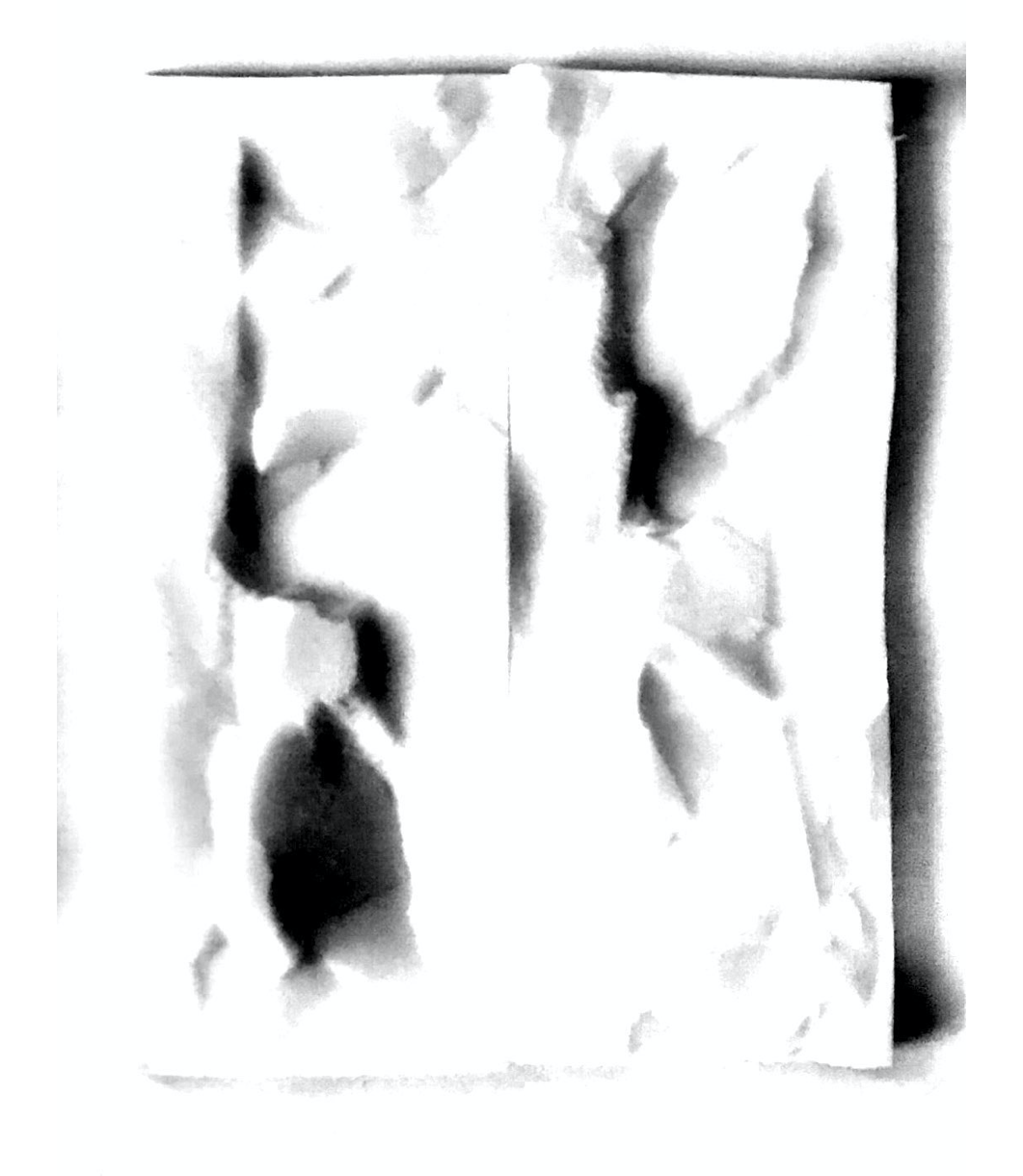
TAKEAWAYS
Drawing could be a behavior that our bodies make forms with objects conciously and unconciously, such as how we fold clothes, the layout of furnitures, etc. It also reminds me of Machinic Modernity, a class I took in 2019. It talks about modernity, regulation, dao, etc. They are forms too, but it’s different from the form I talk about. The word form is metaphysical, it can cover many knowledge and representaions. And I always have new thoughts of form, which are blurry and fuzzy. I don’t want to use form to explain all the things that are difficult to clarify. Rather, I prefer to figure out why it is form and think deeper.
Part 5 What is drawing?
Design Response
I do several experiments and find out that drawing is a quality of our bodies and behaviors. We draw consciously, such as artists express themselves by drawing, and I create drawing tools for outcomes. We also draw unconsciously, such as form making. To express this idea, the main purpose of the design response is to invite audiences into my world and tell them this story. I decide to make a DIY booklet and teach people how to make their own drawing tools, which aims to create concious drawing behaviors. I also provide with cleaning tool set and ask people to use them to clean up the mess. People also leave the form on the cleaning tools unconsciously.
Final Deliverables
I take Emptiness as a reference. Kenya Hara believes emptiness invites people into the world of imagination.

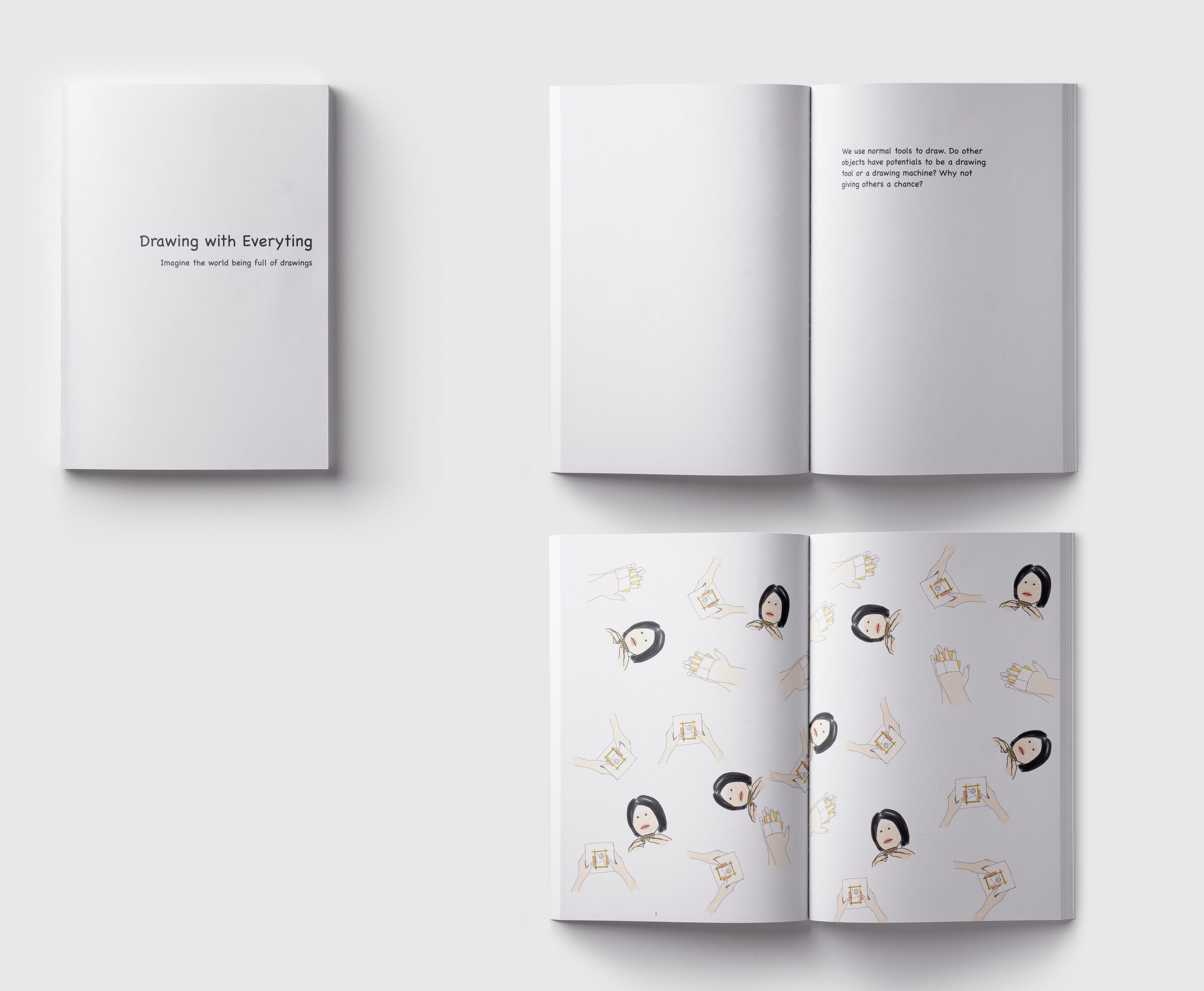
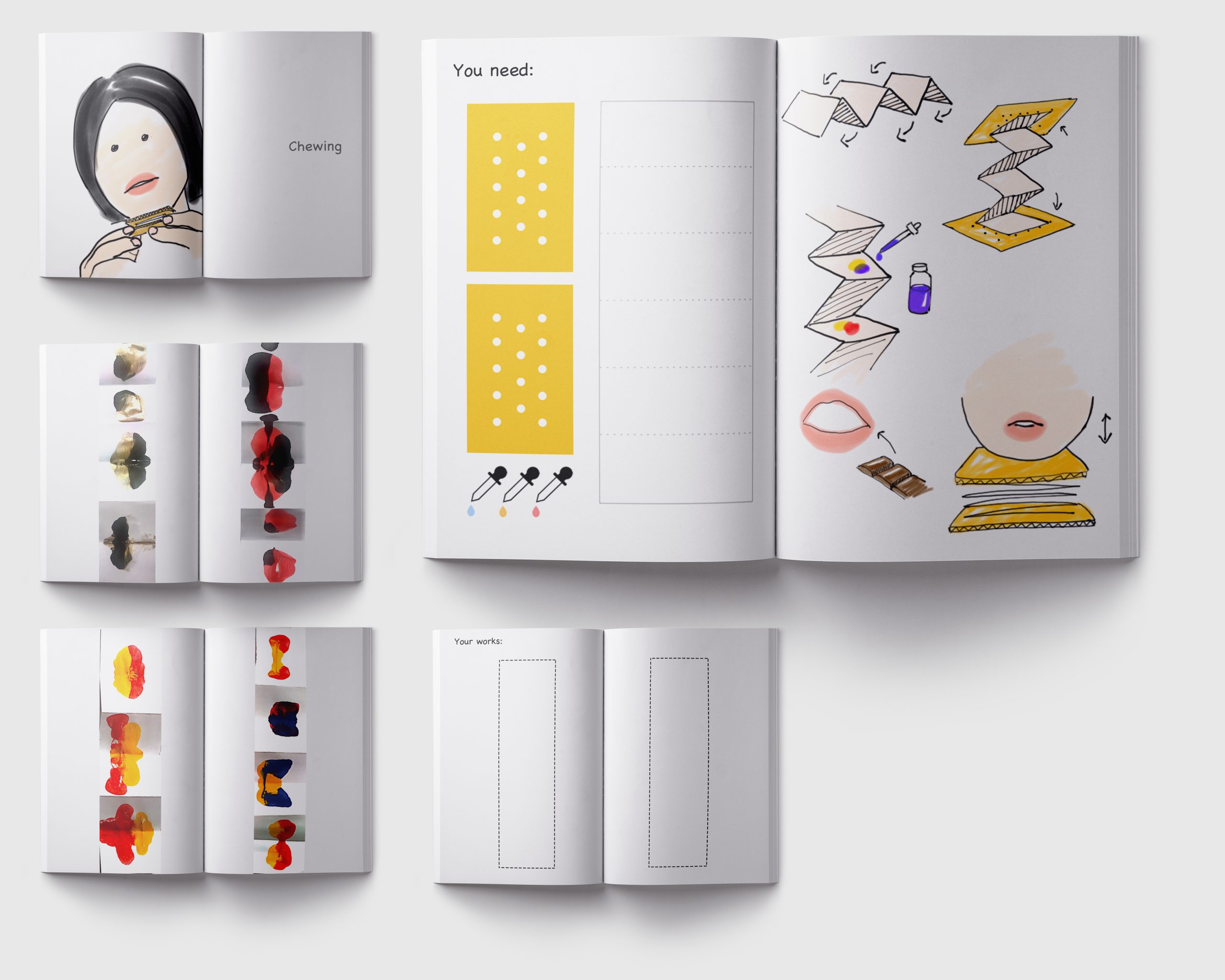
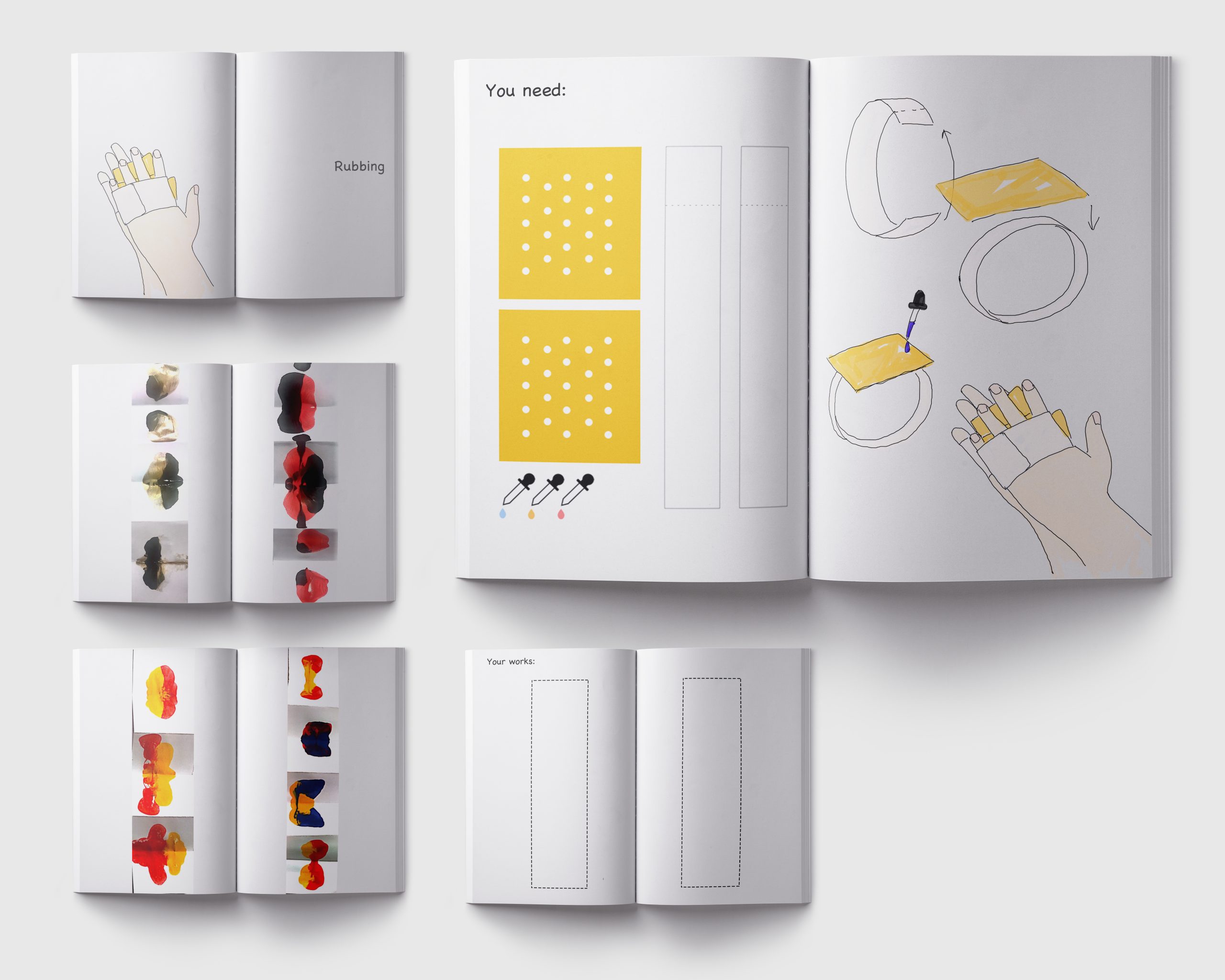
I choose tissues, foams, stickers and adhesive clay as cleaning tools.
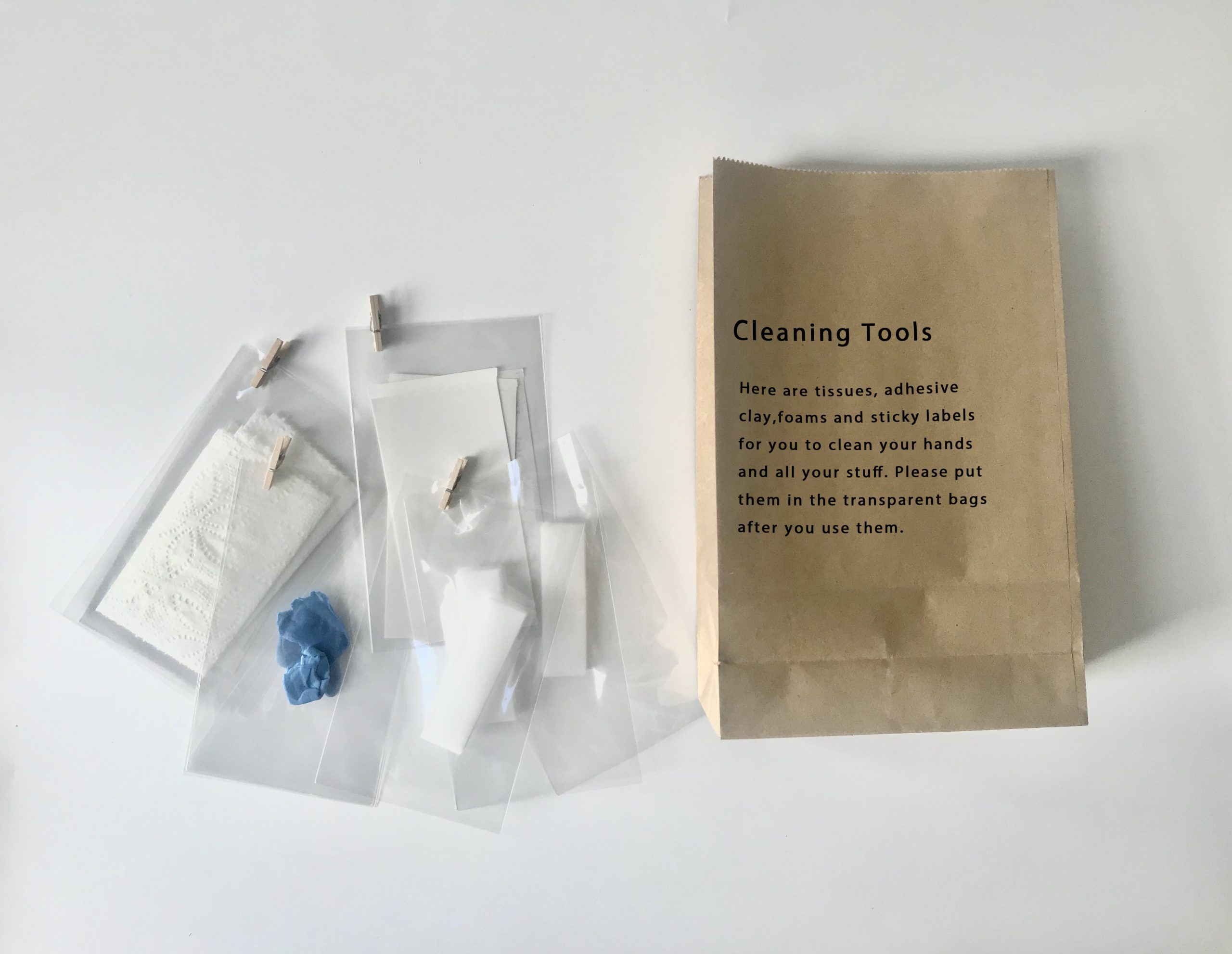
There is a message hidden in one sticky label. When the label is peeled off, the message asks people to think about those ignorable forms that they make, which is a marginal experience. It’s inspired by the secret project site project.

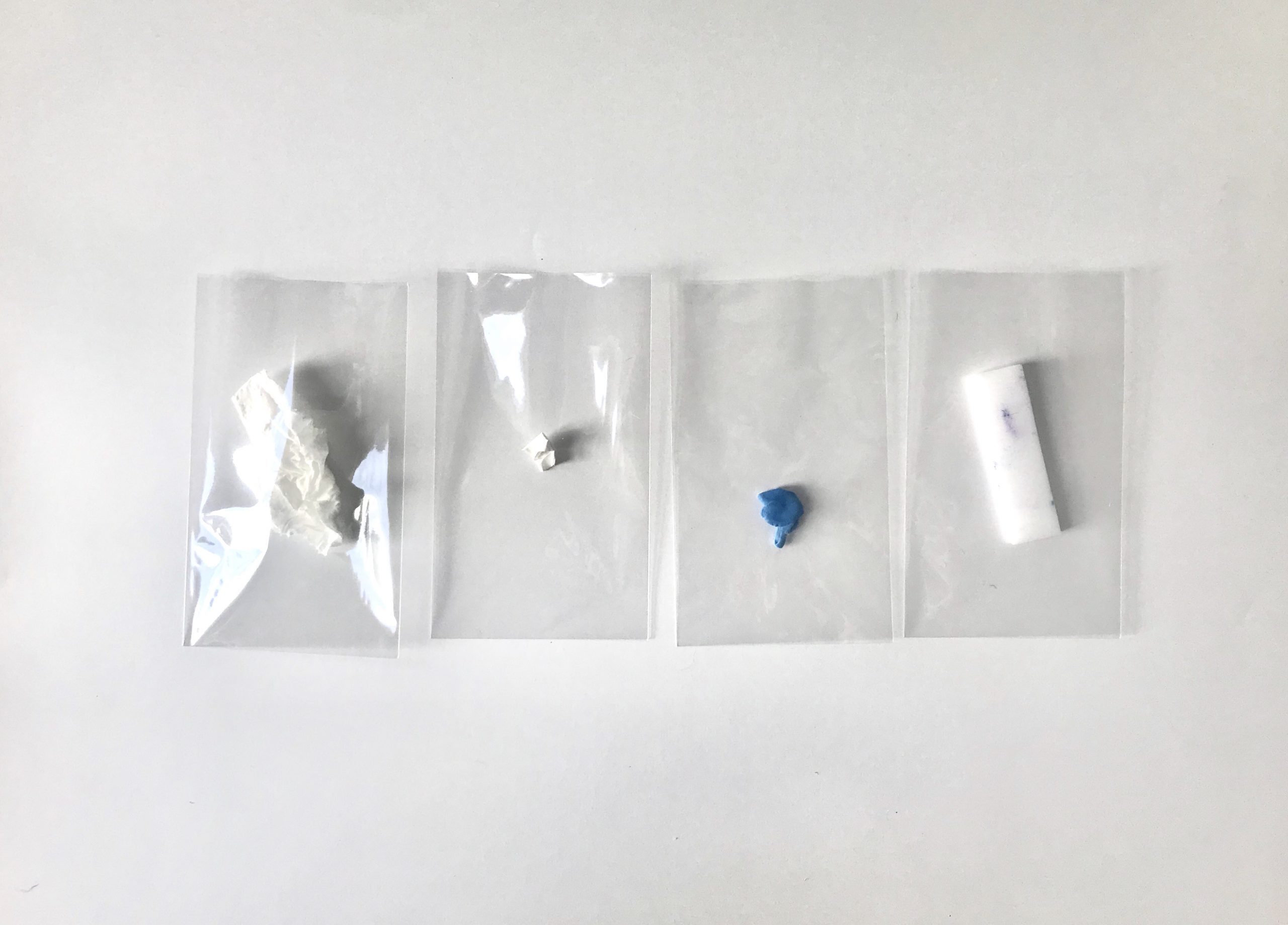
Learning
Reviewing the whole process of the thesis, my exploration is not linear, but gather insights from different projects and group them together as a final design response. Also, keeping critical is crucial as well.
